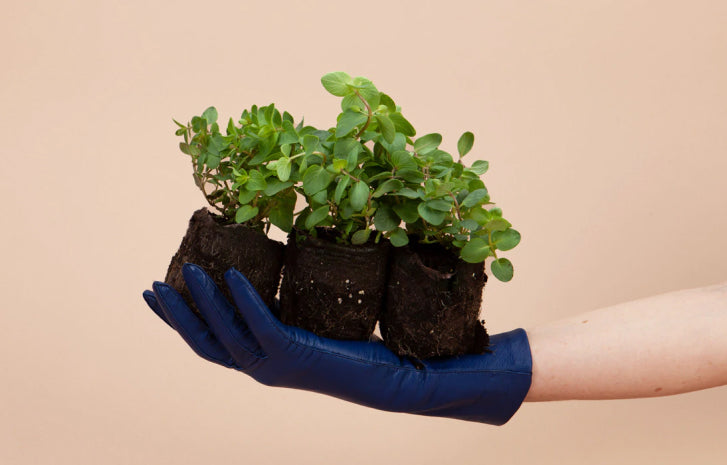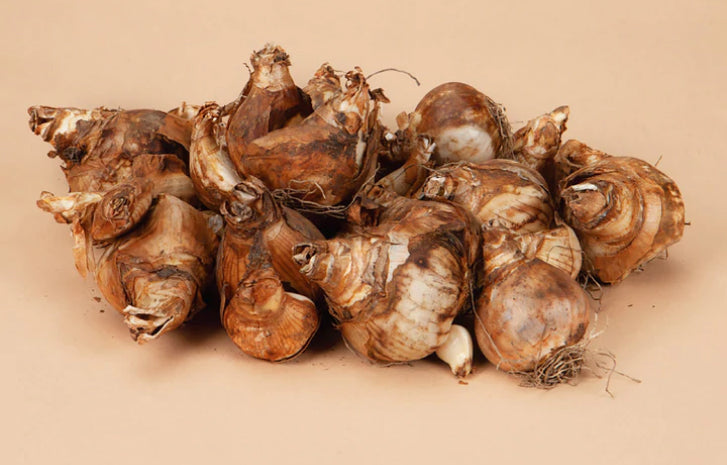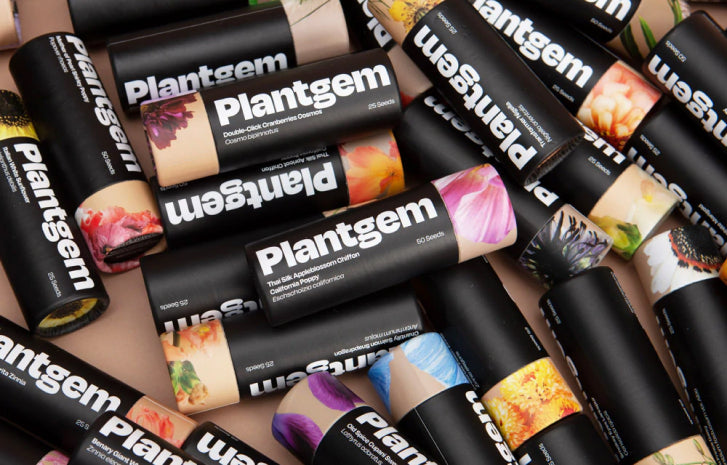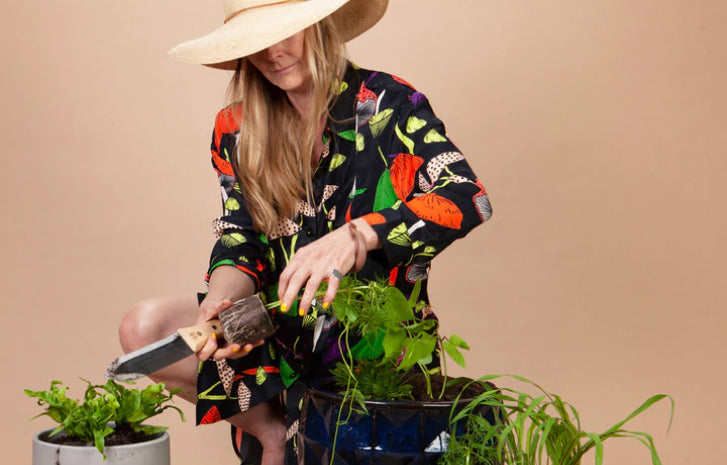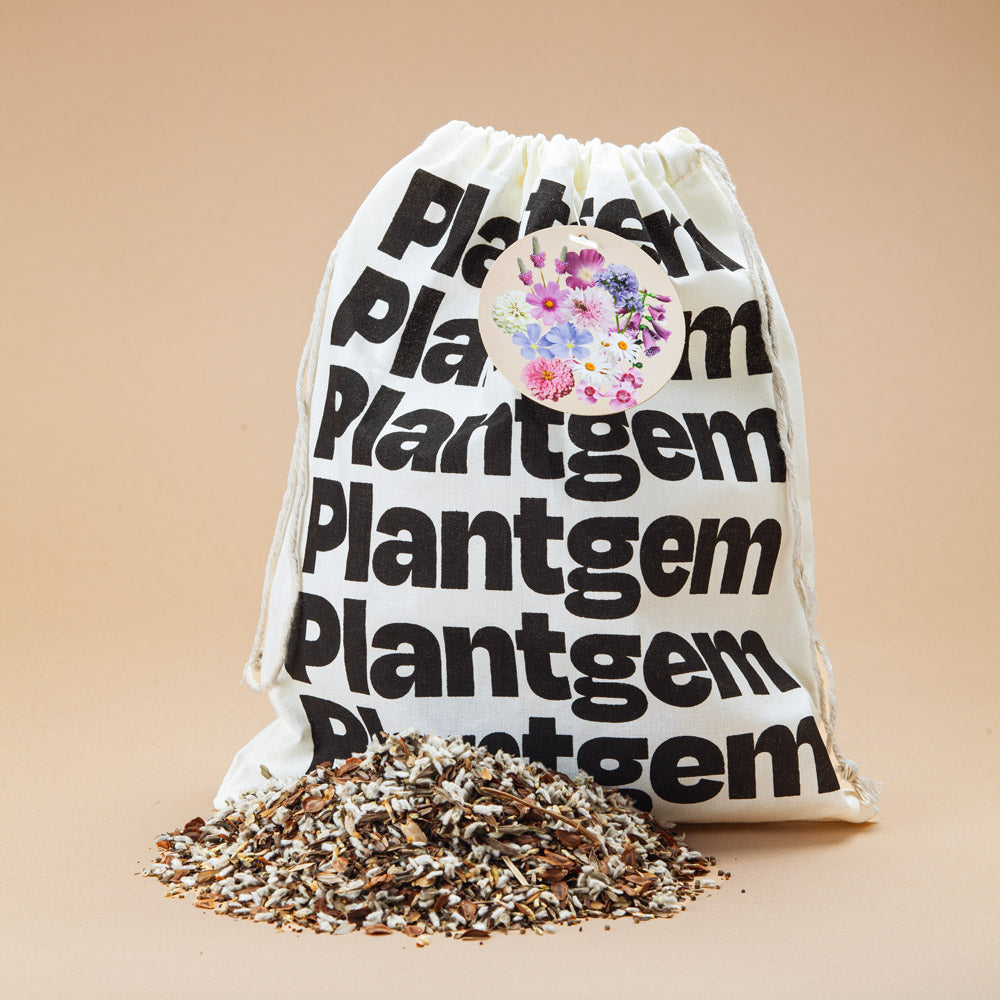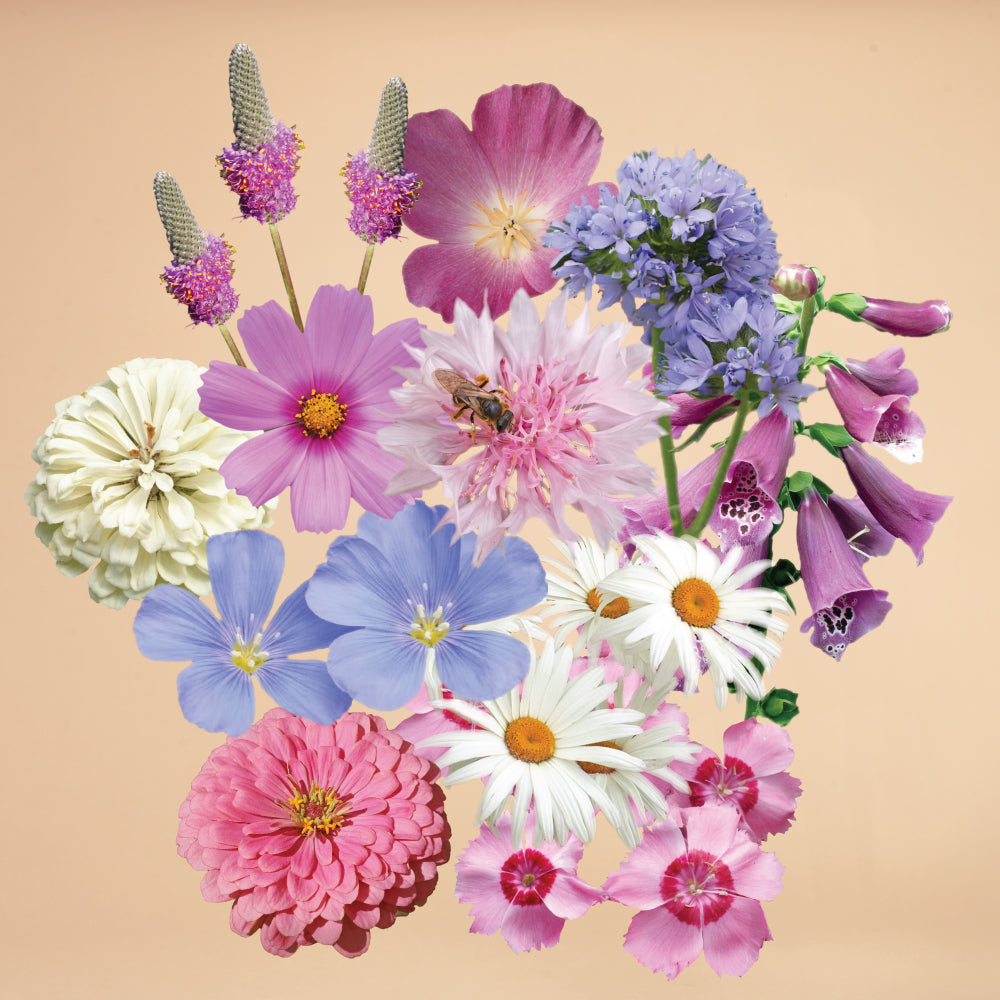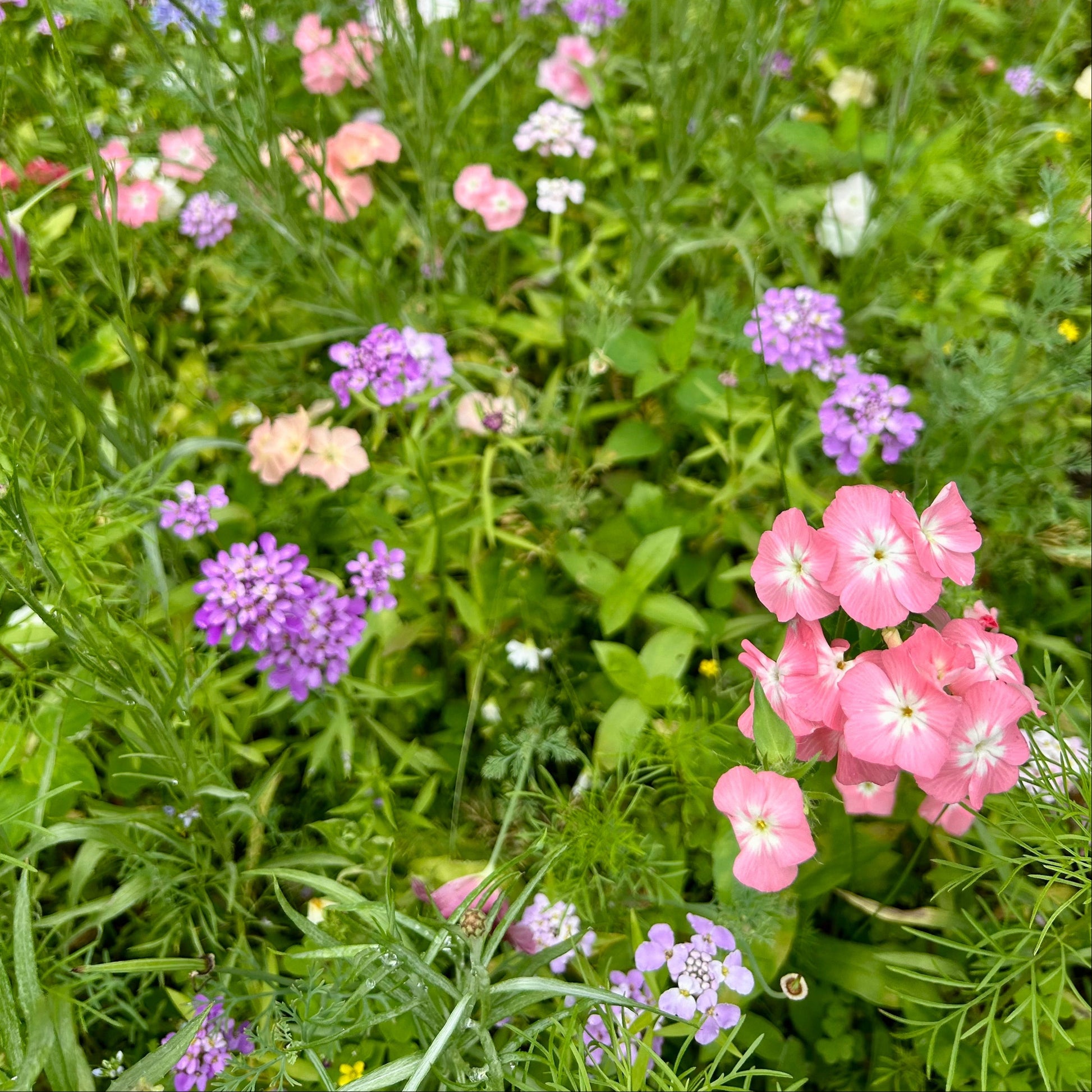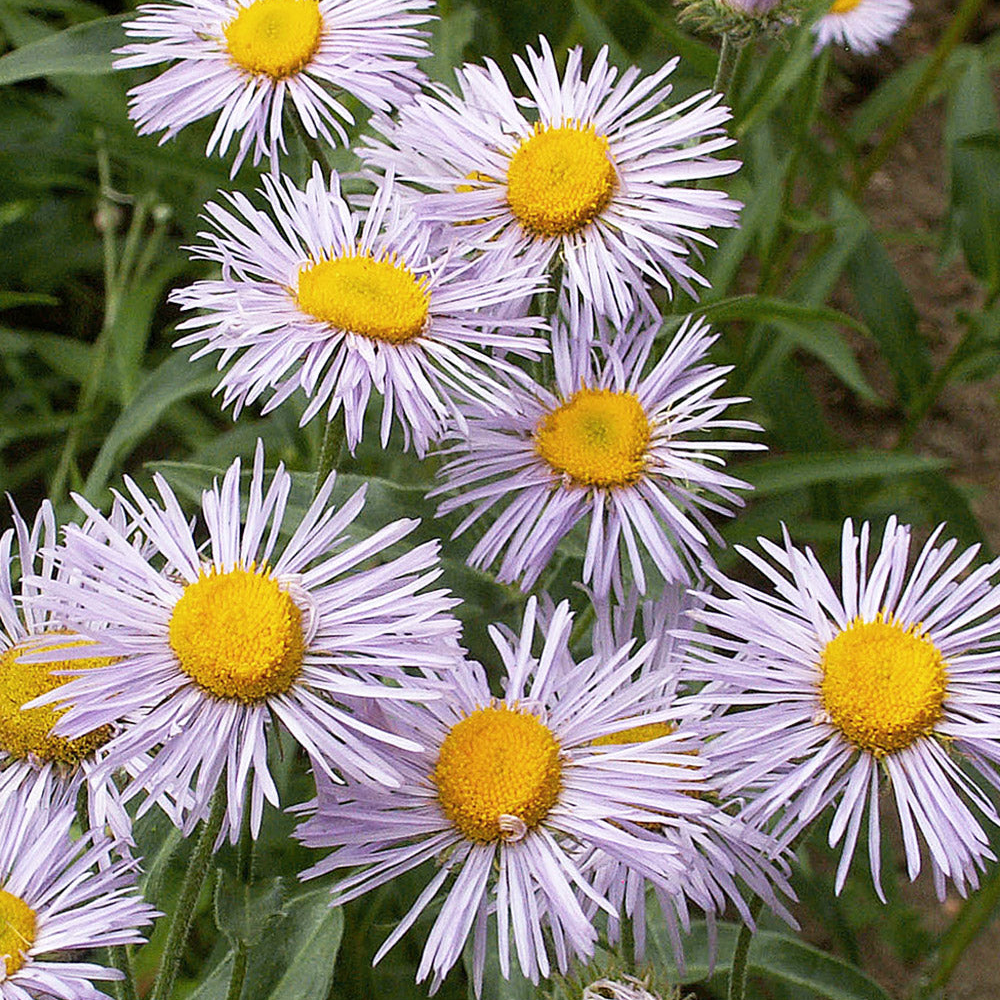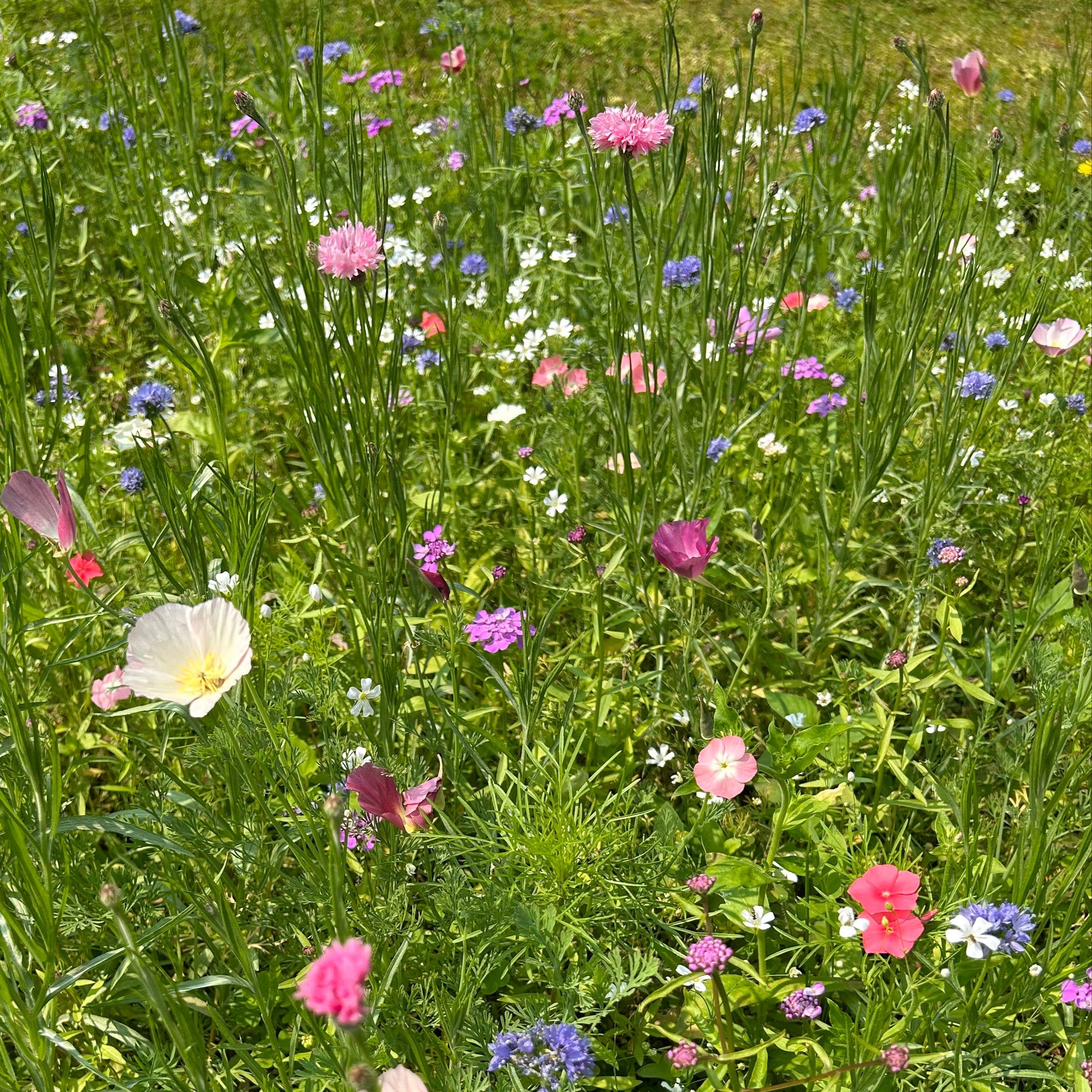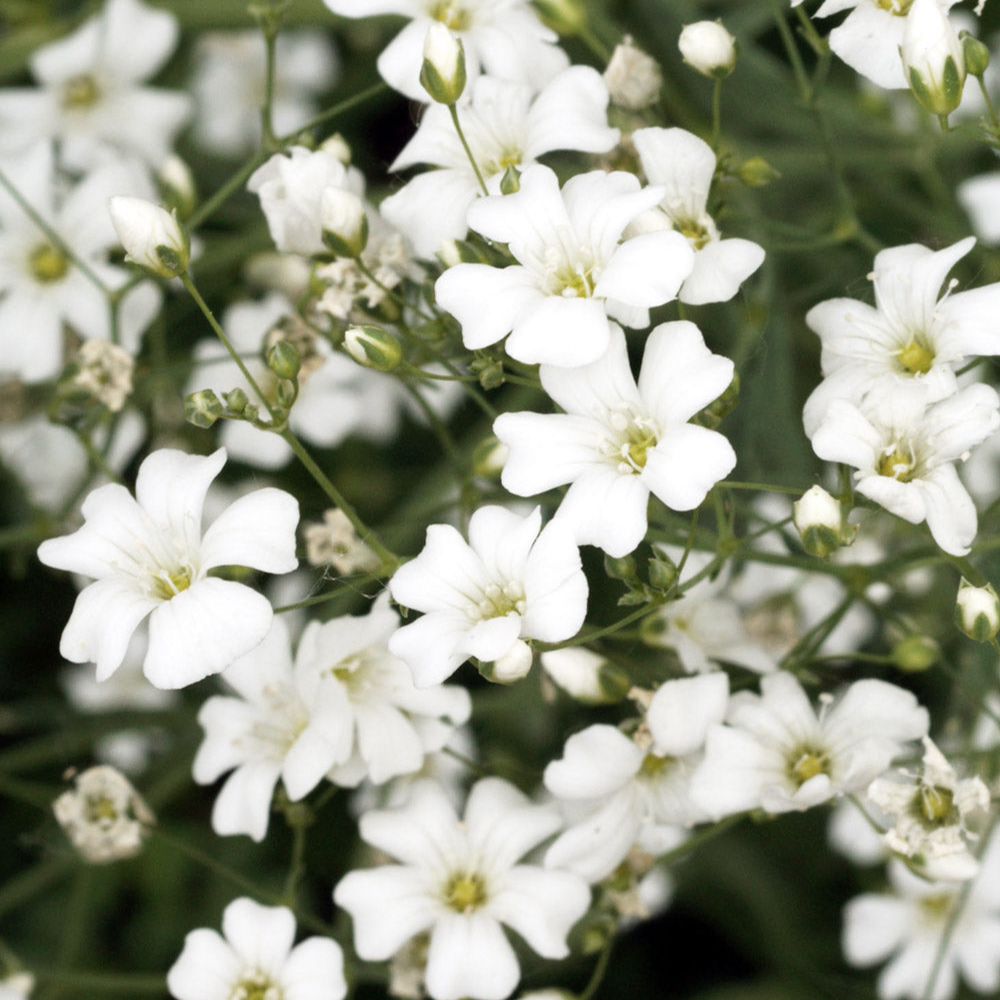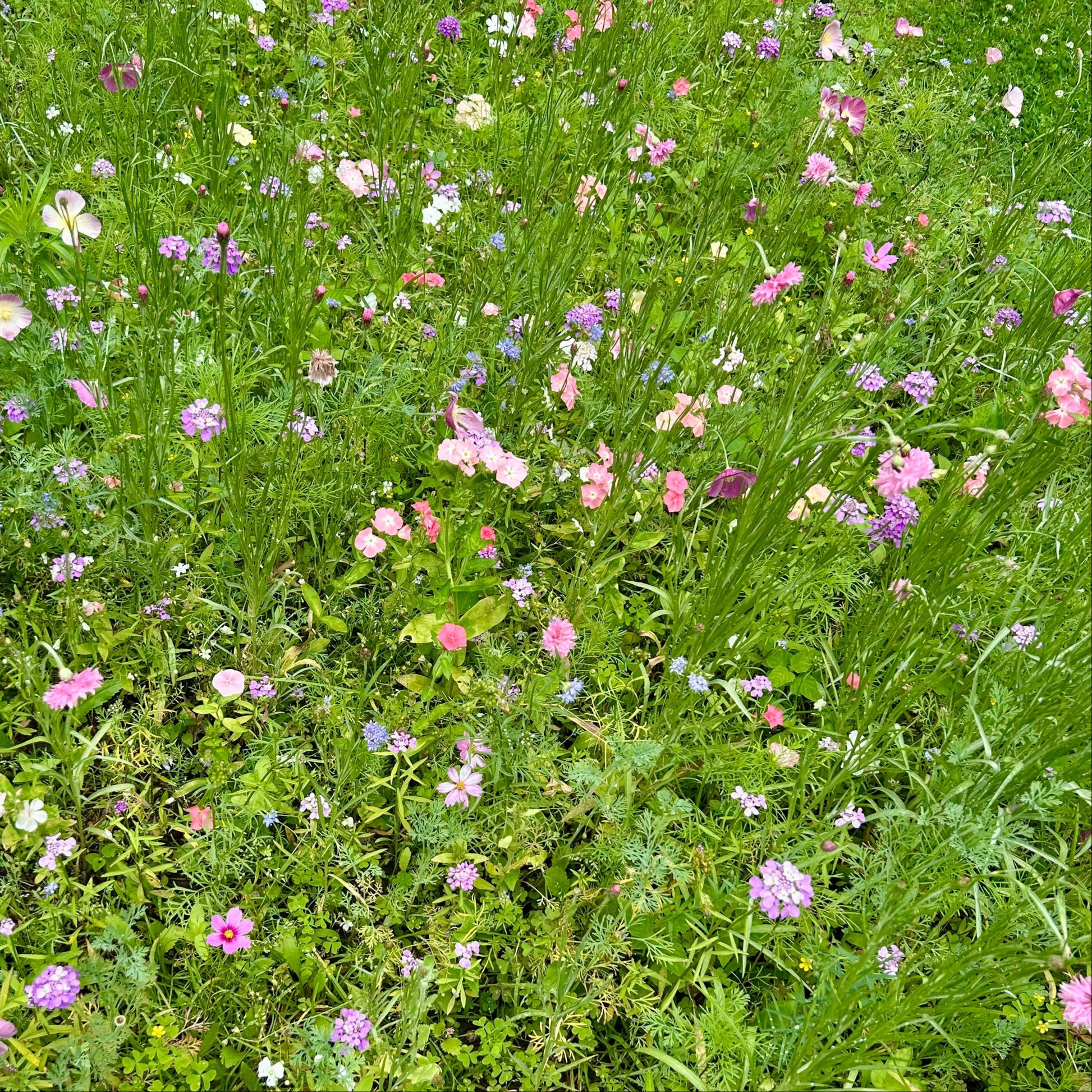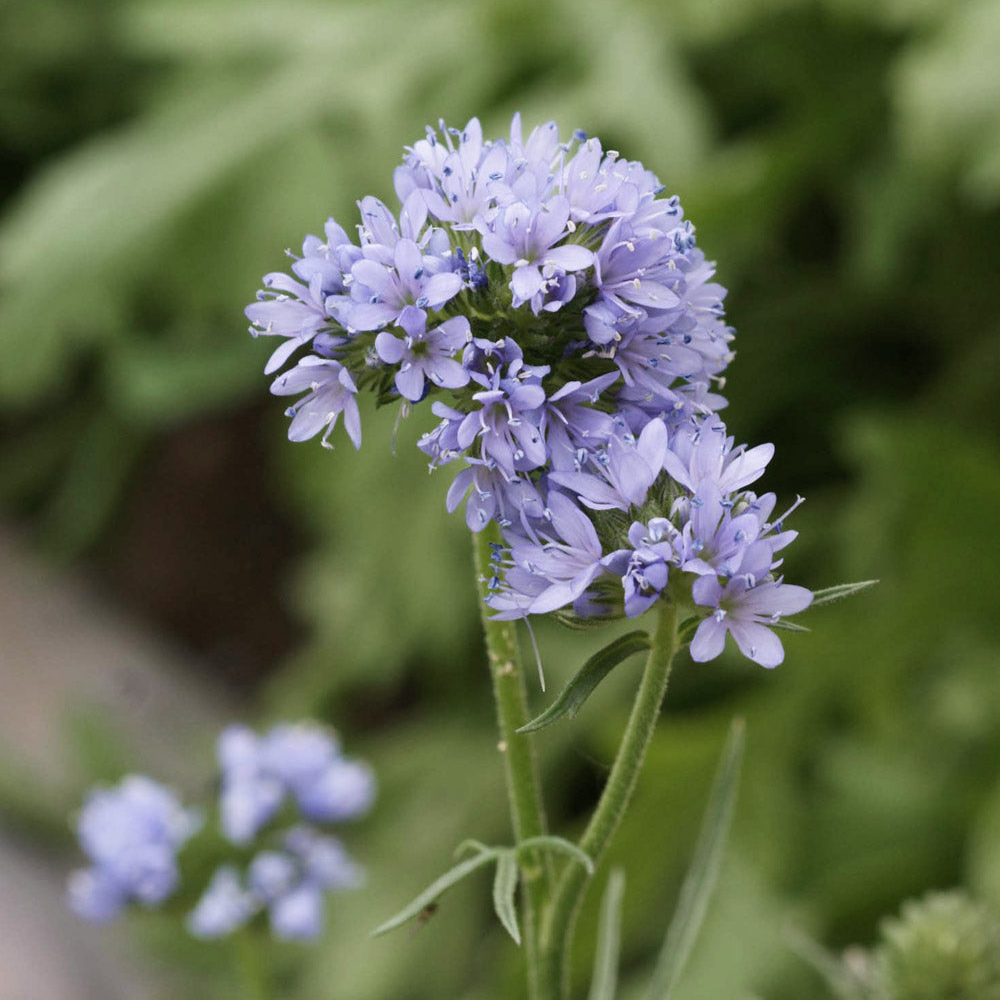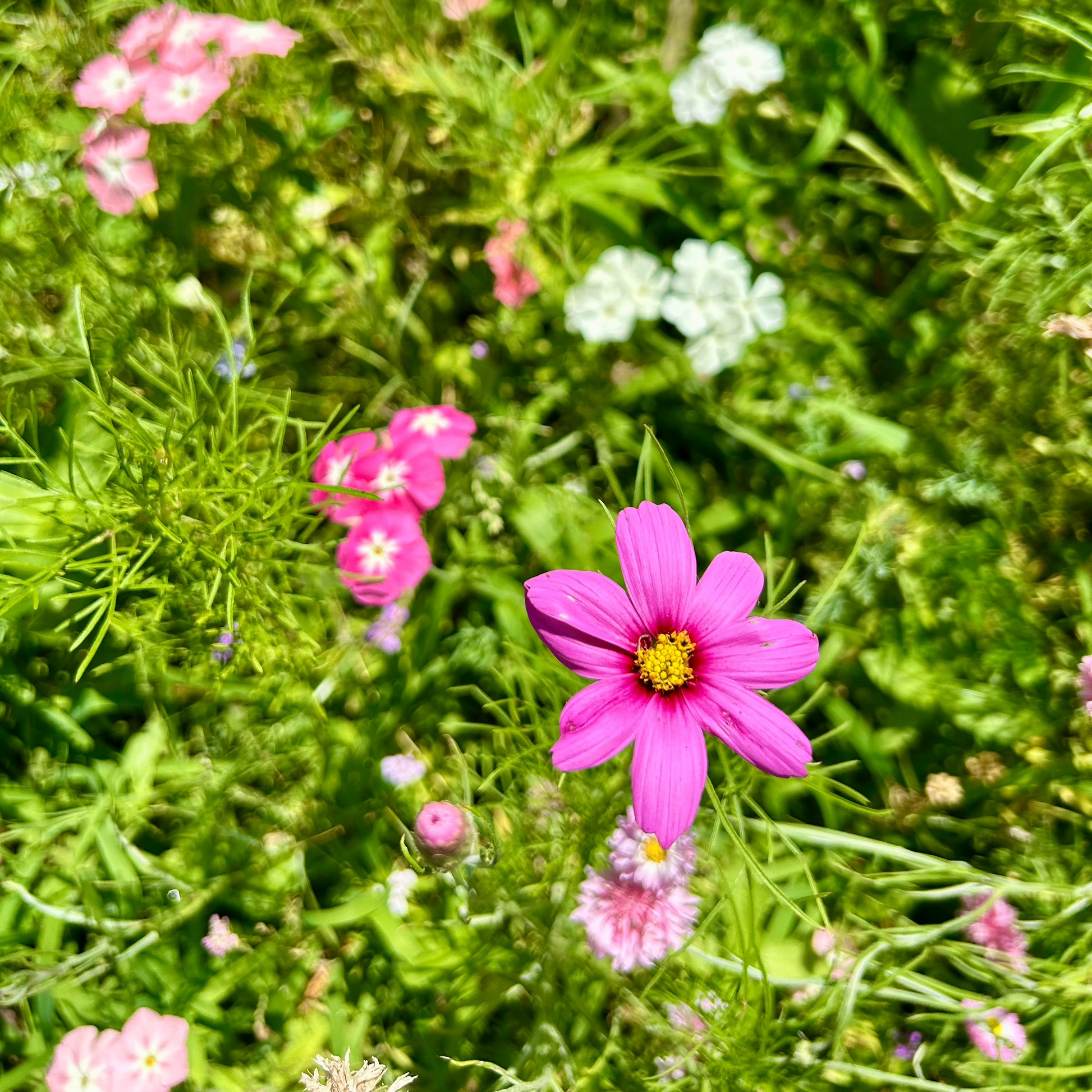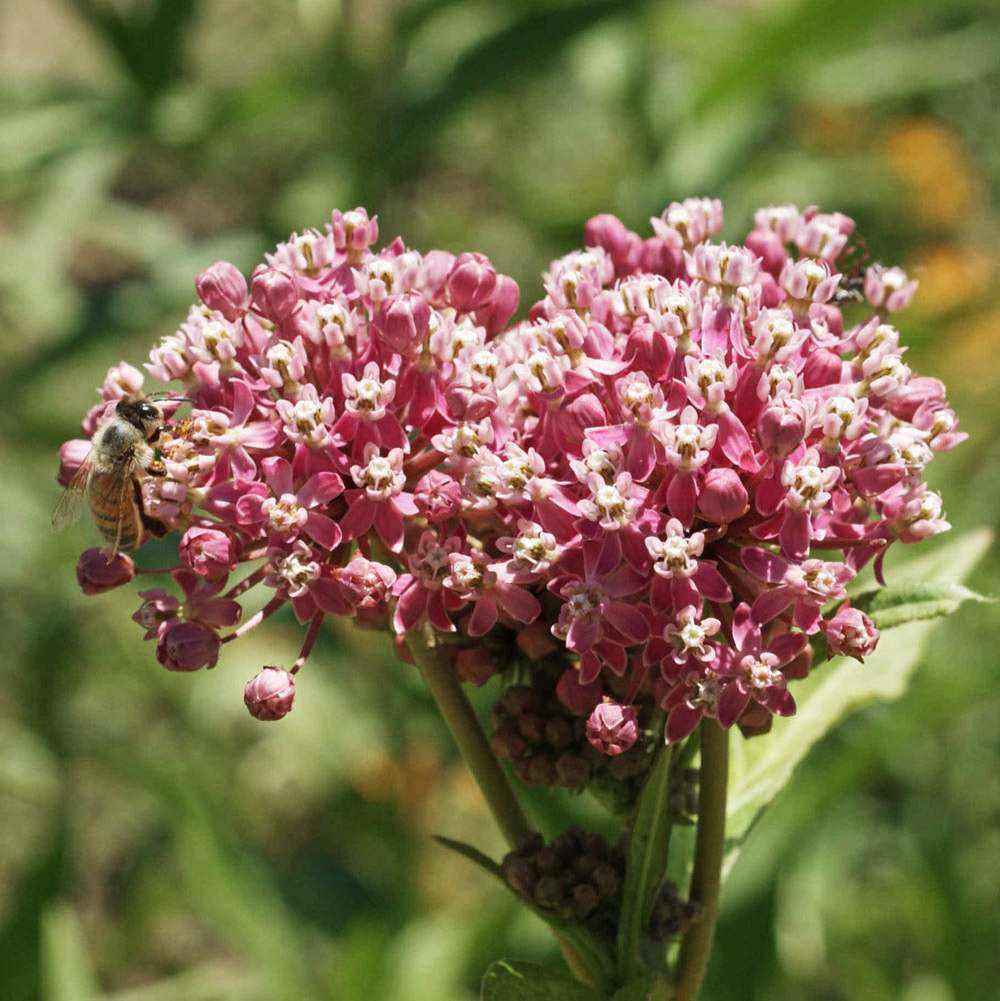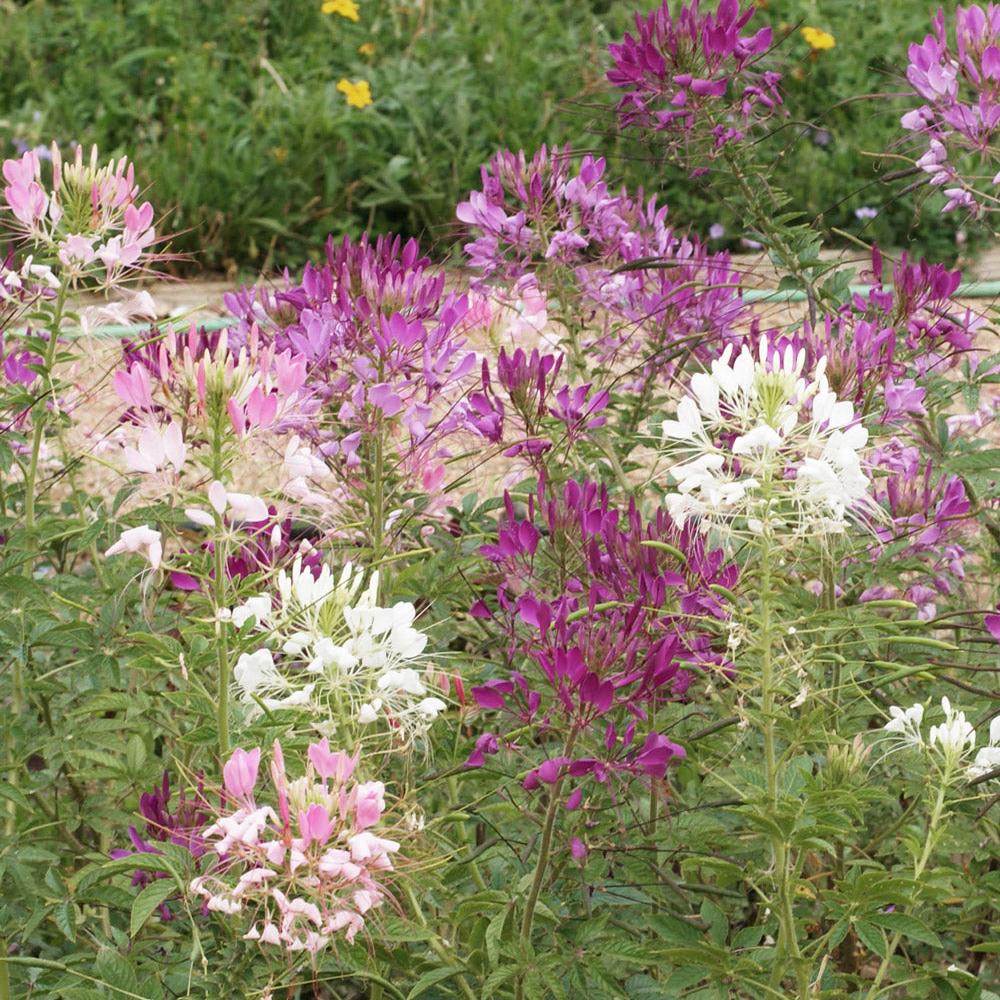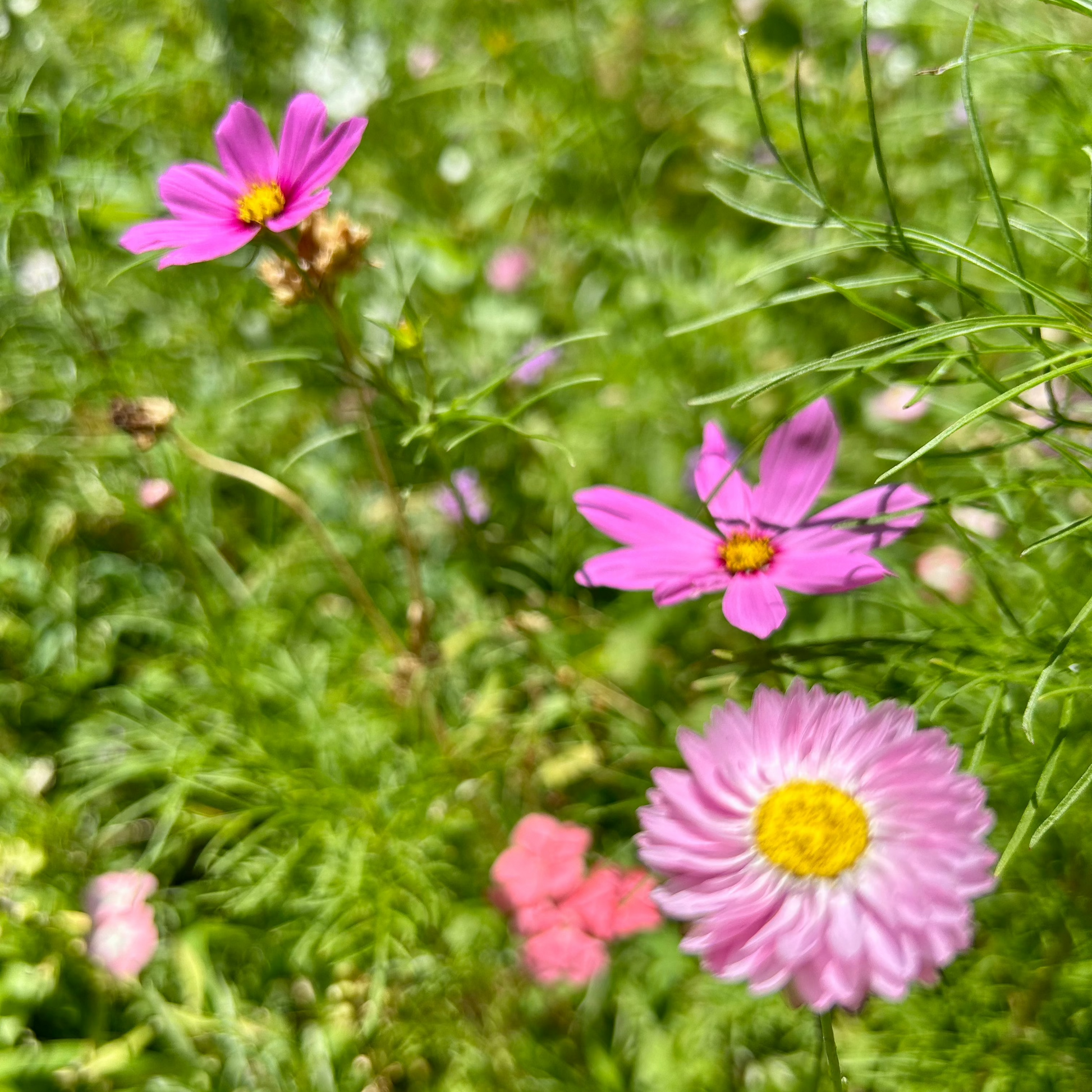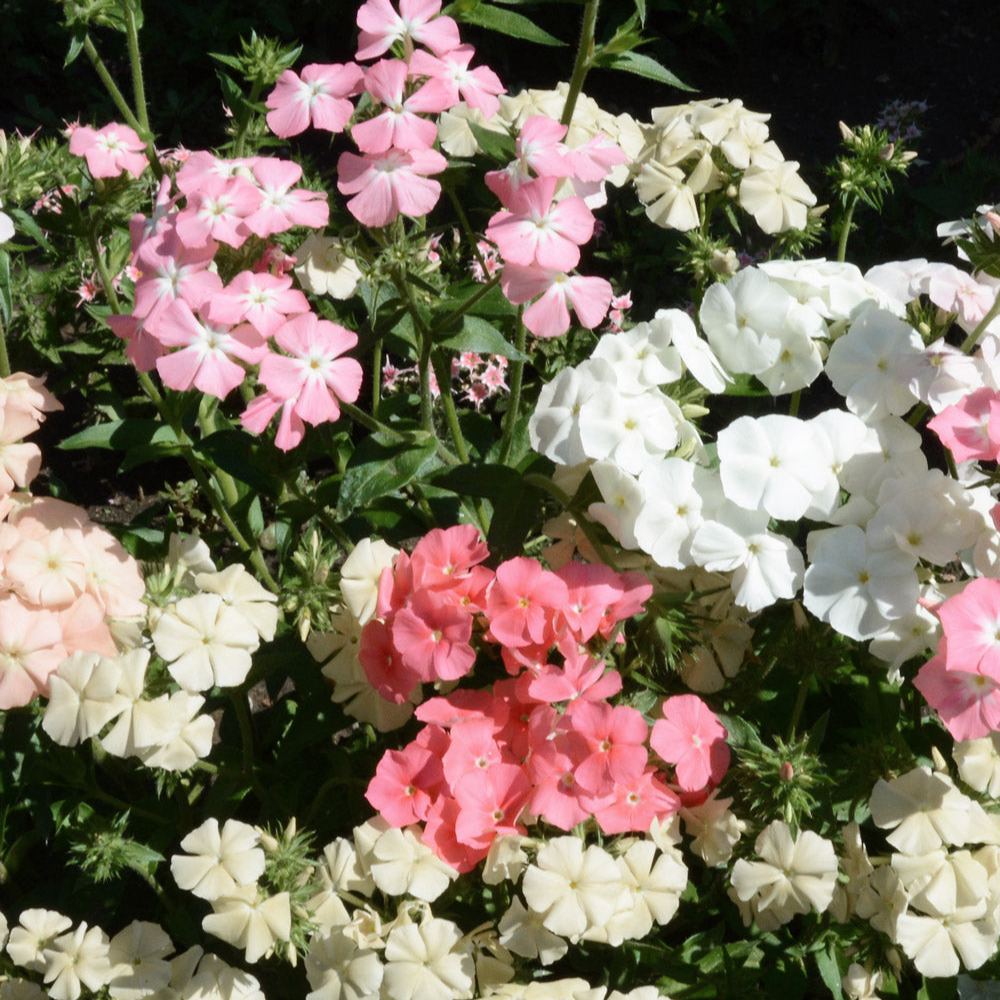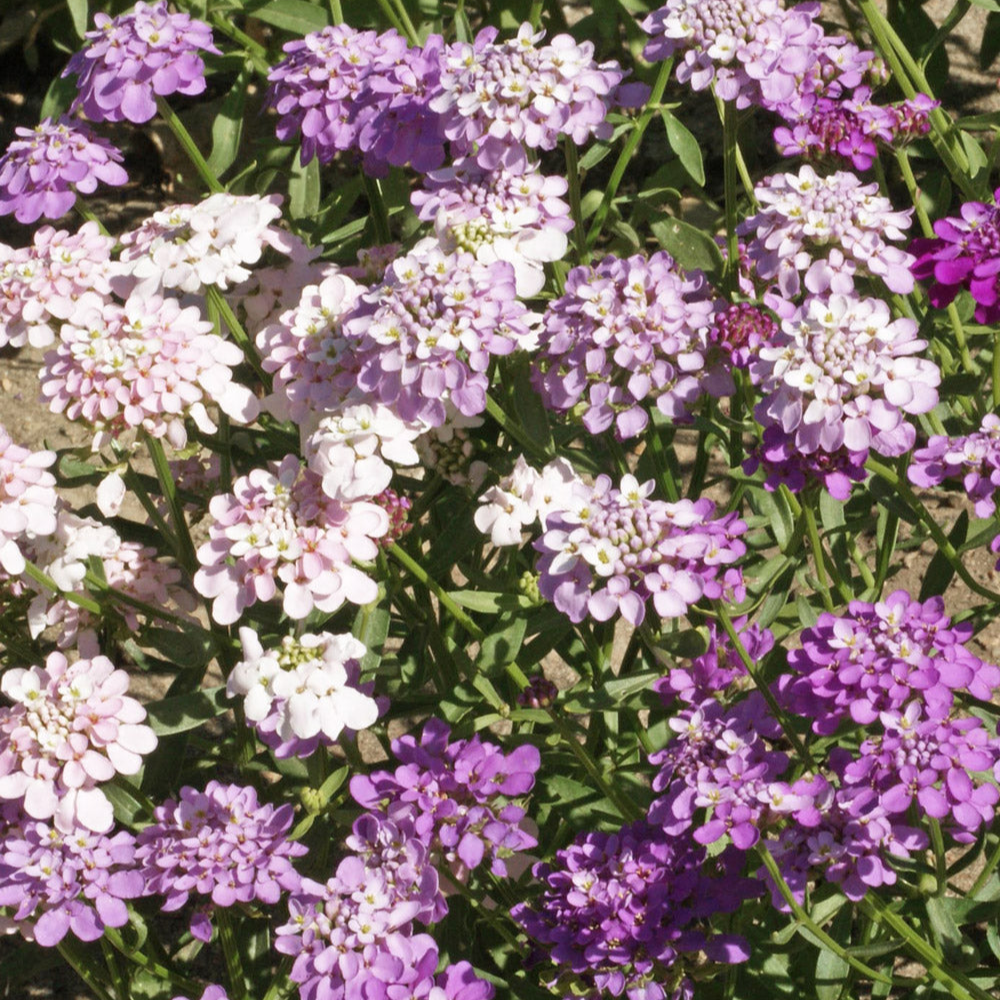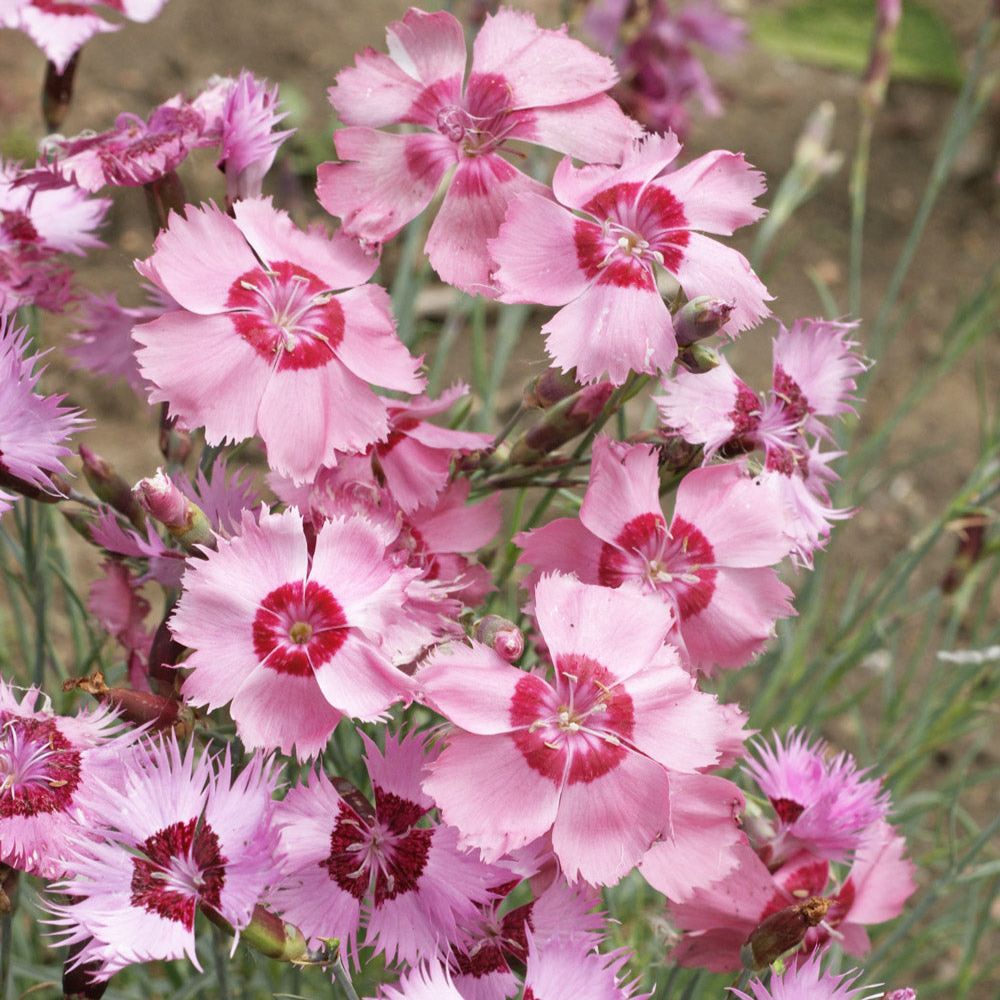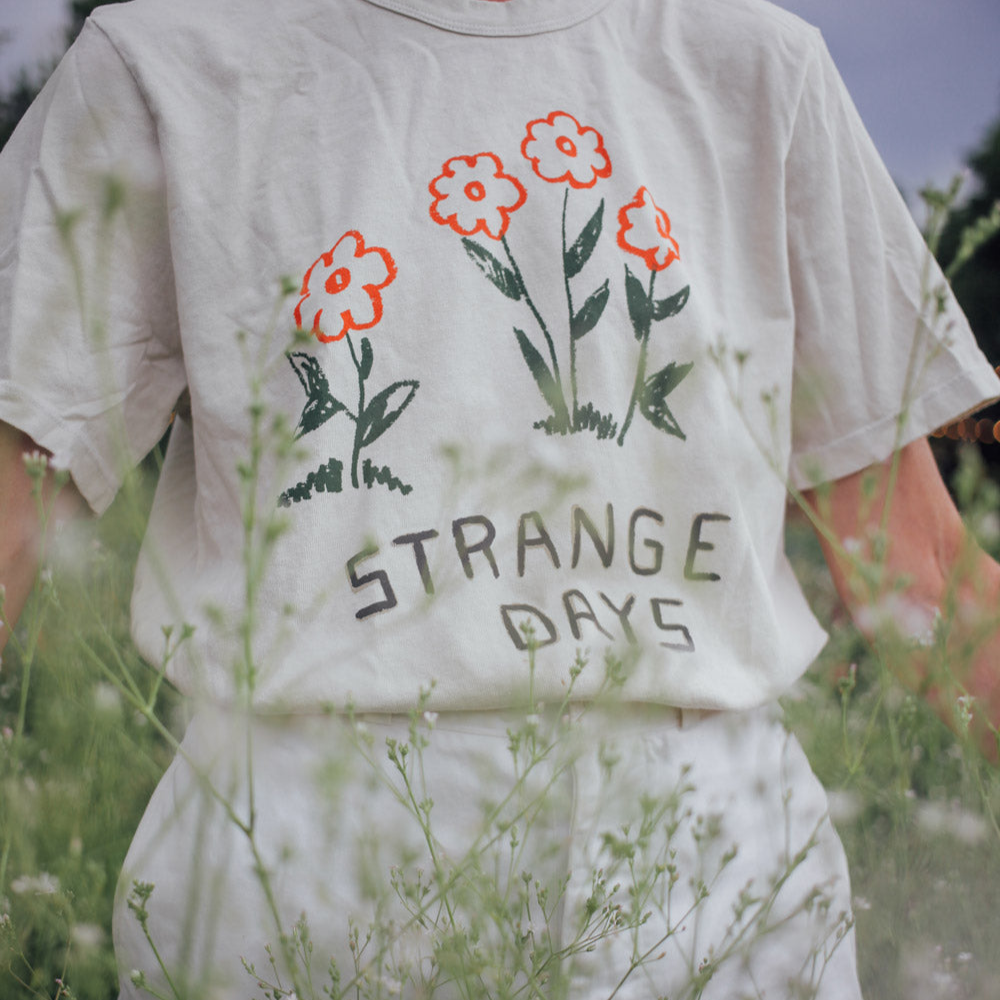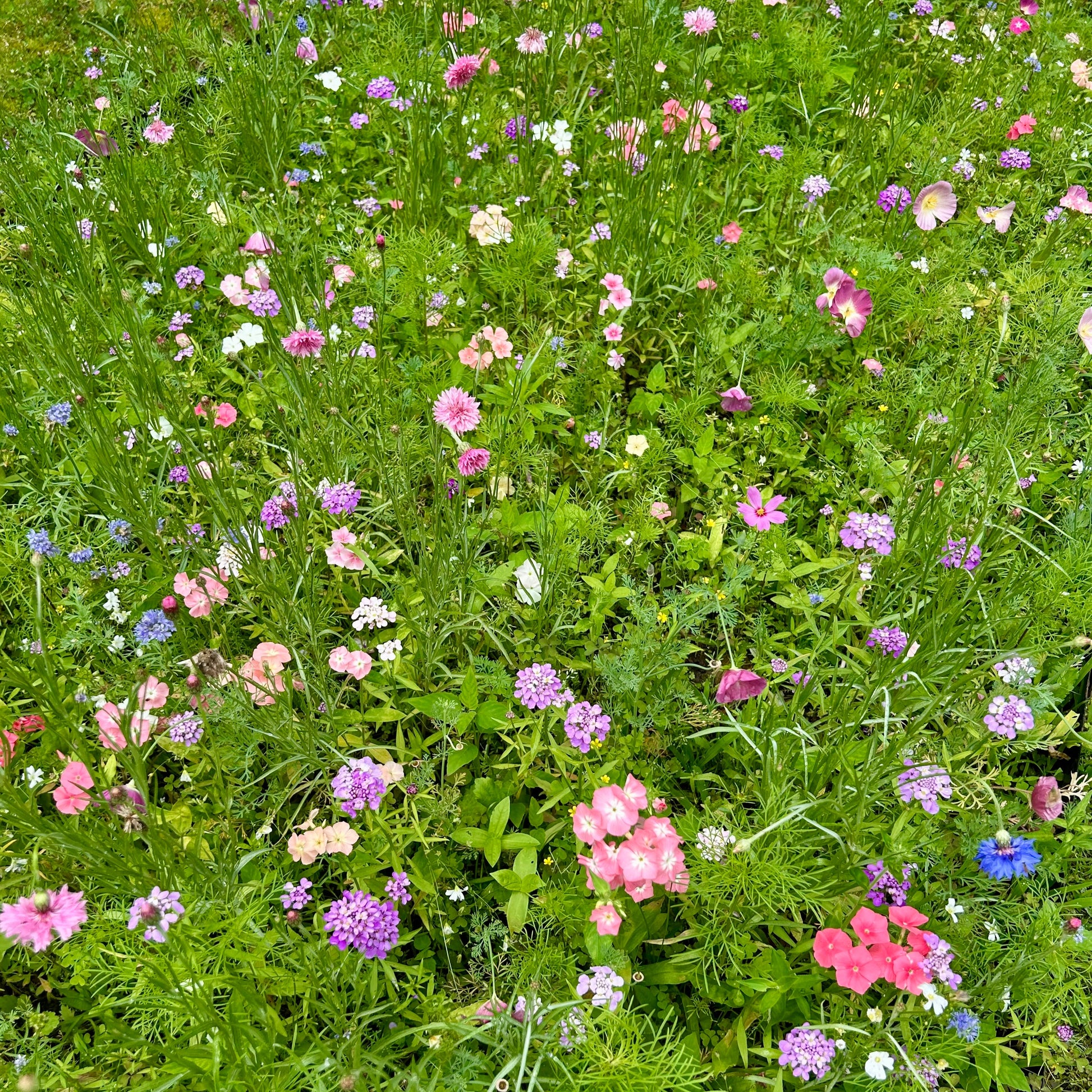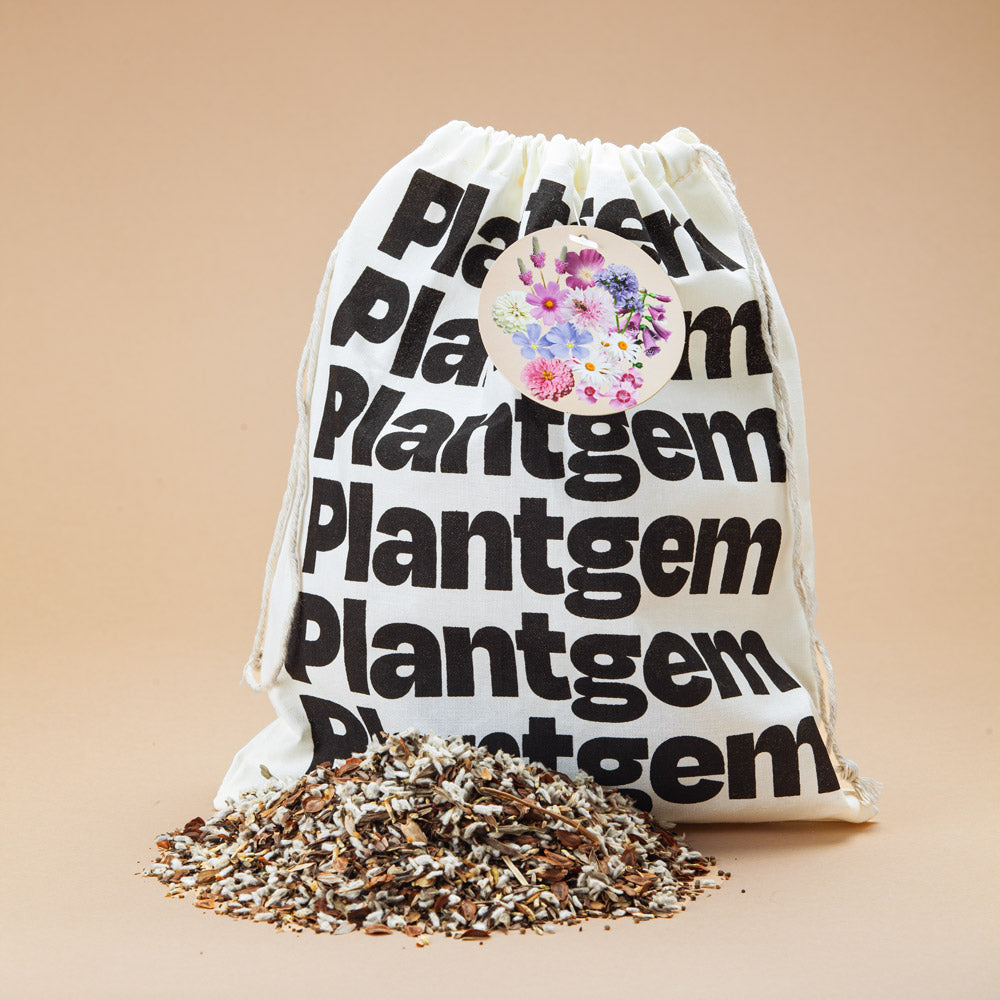
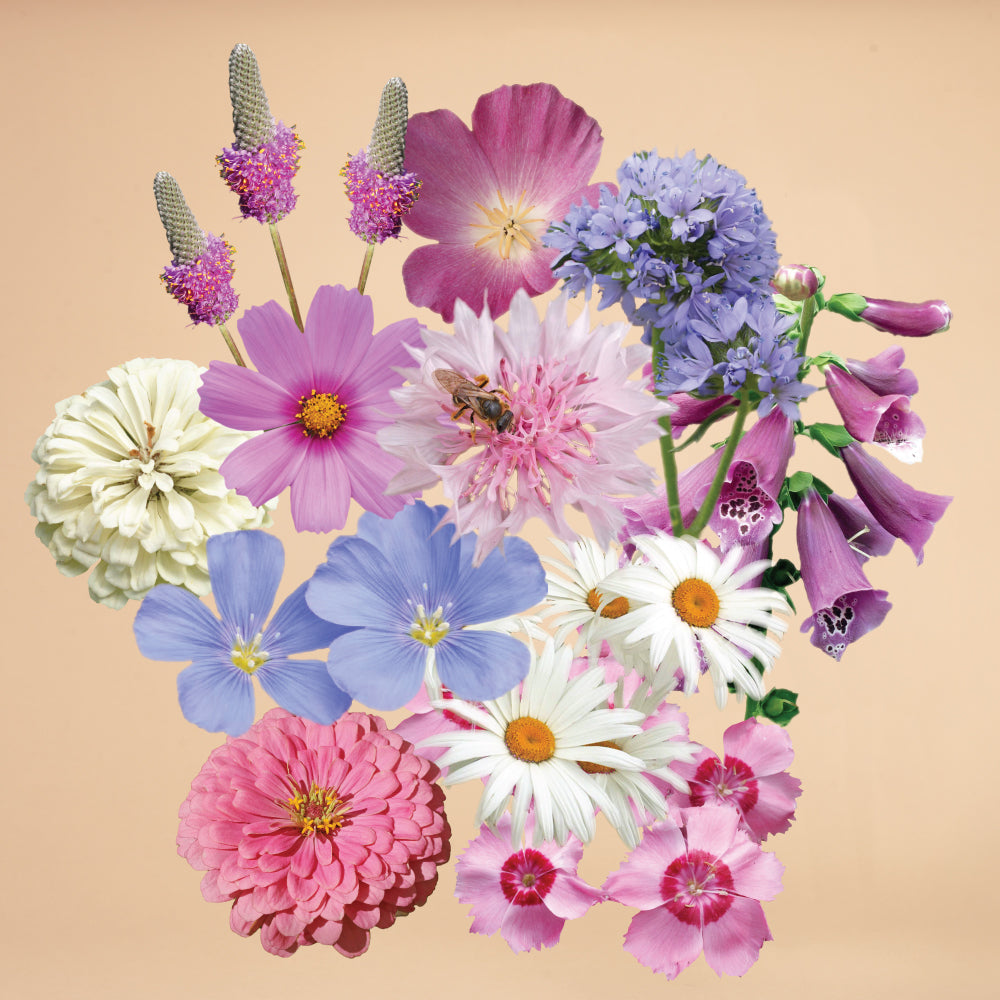
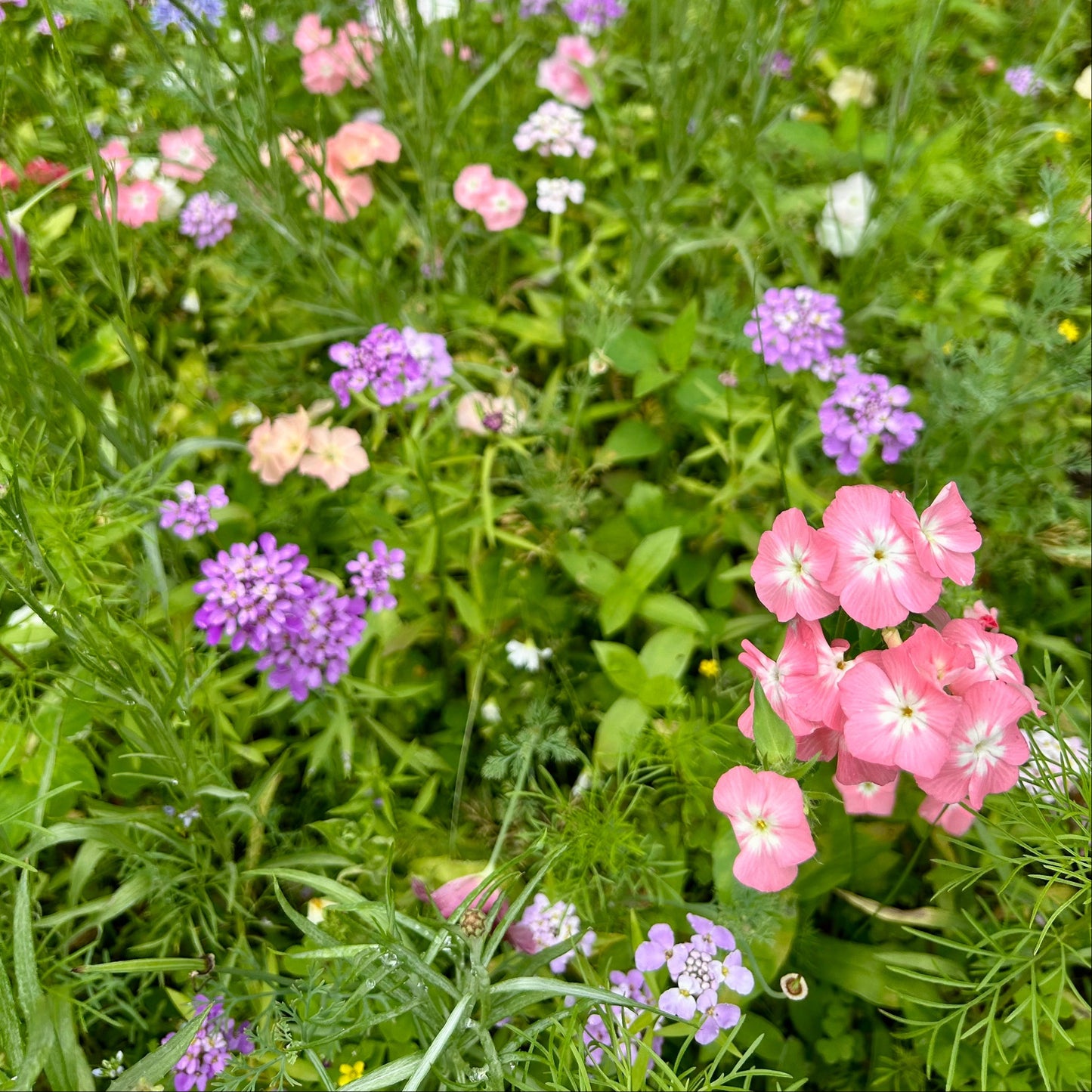
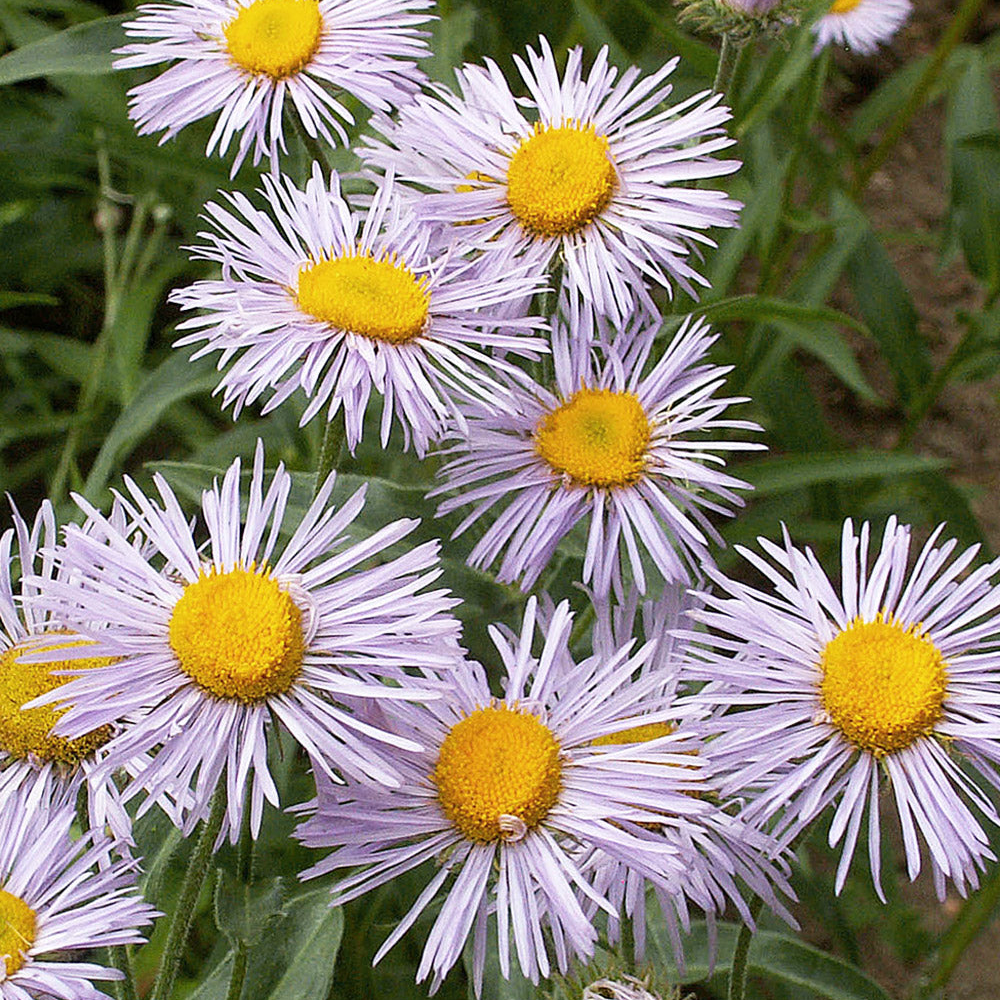
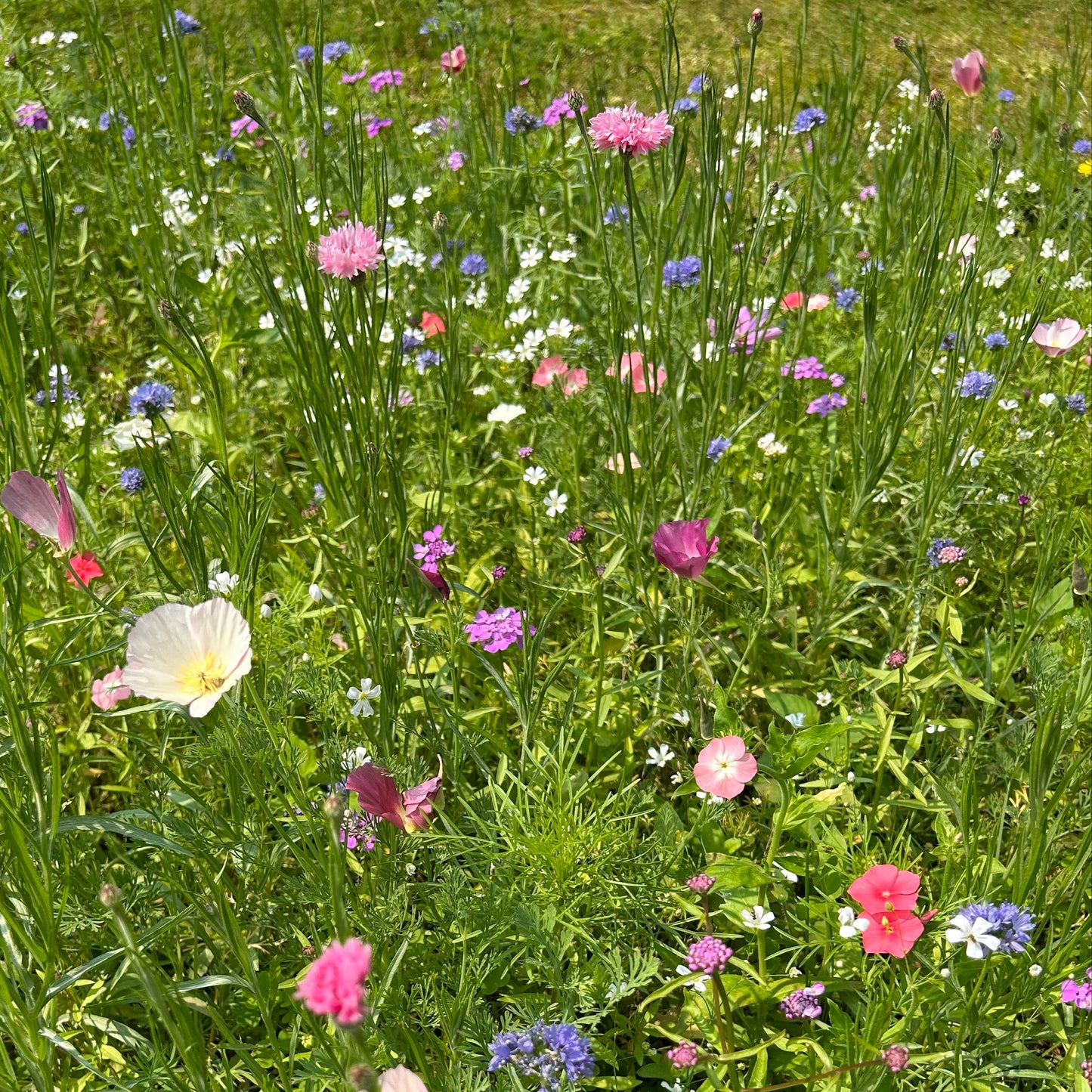
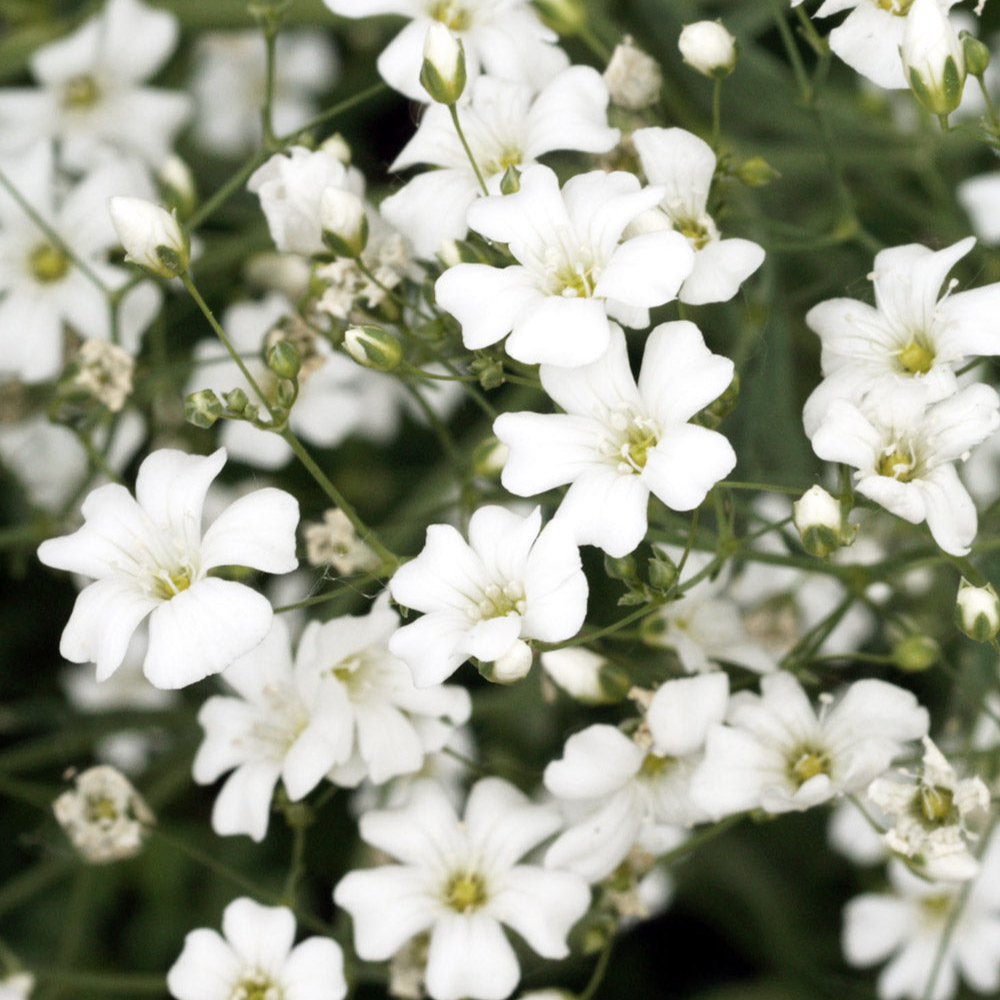
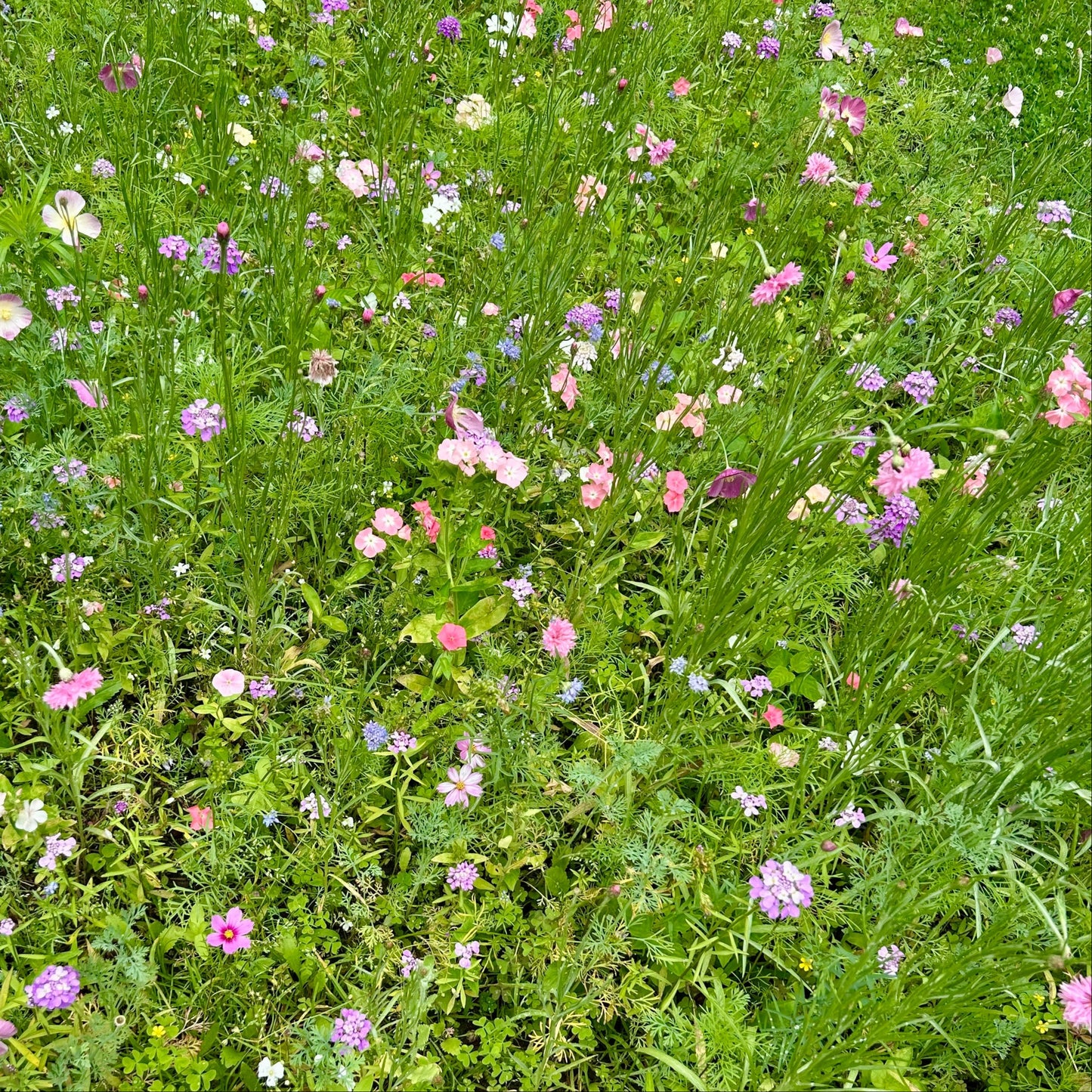
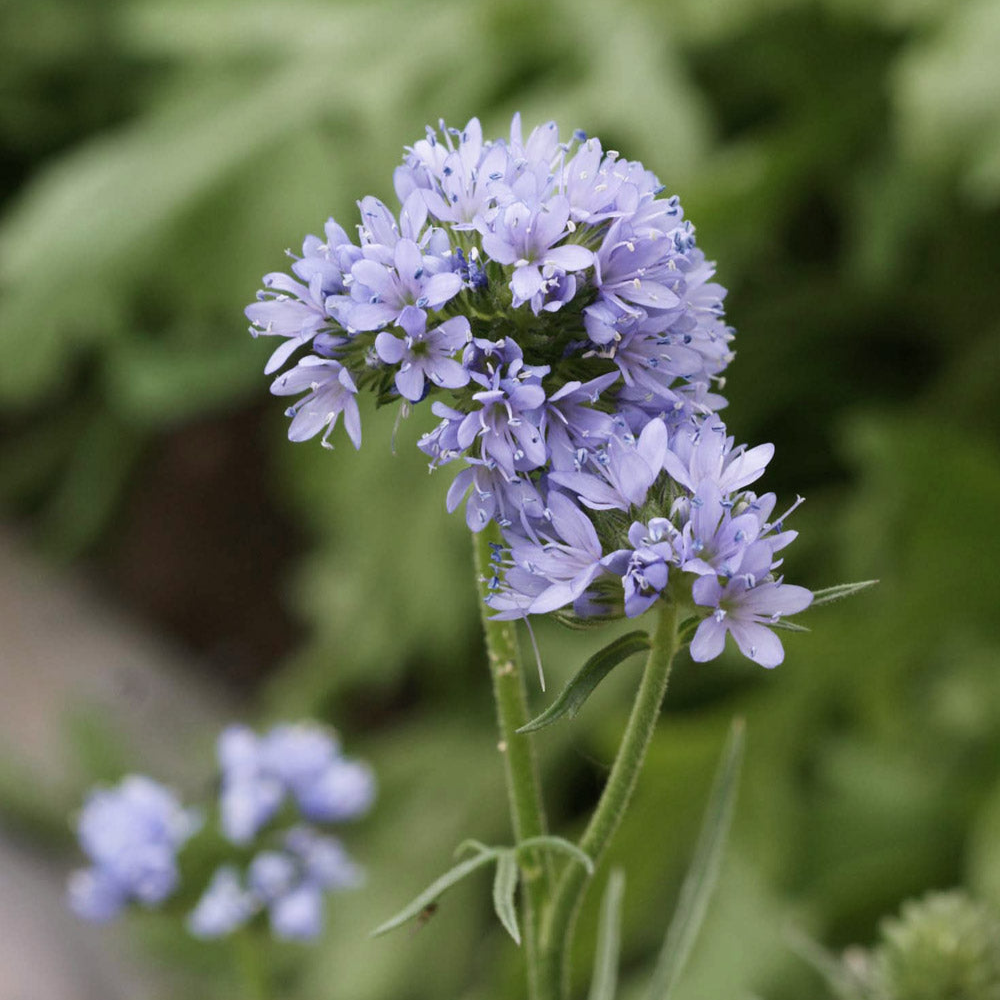
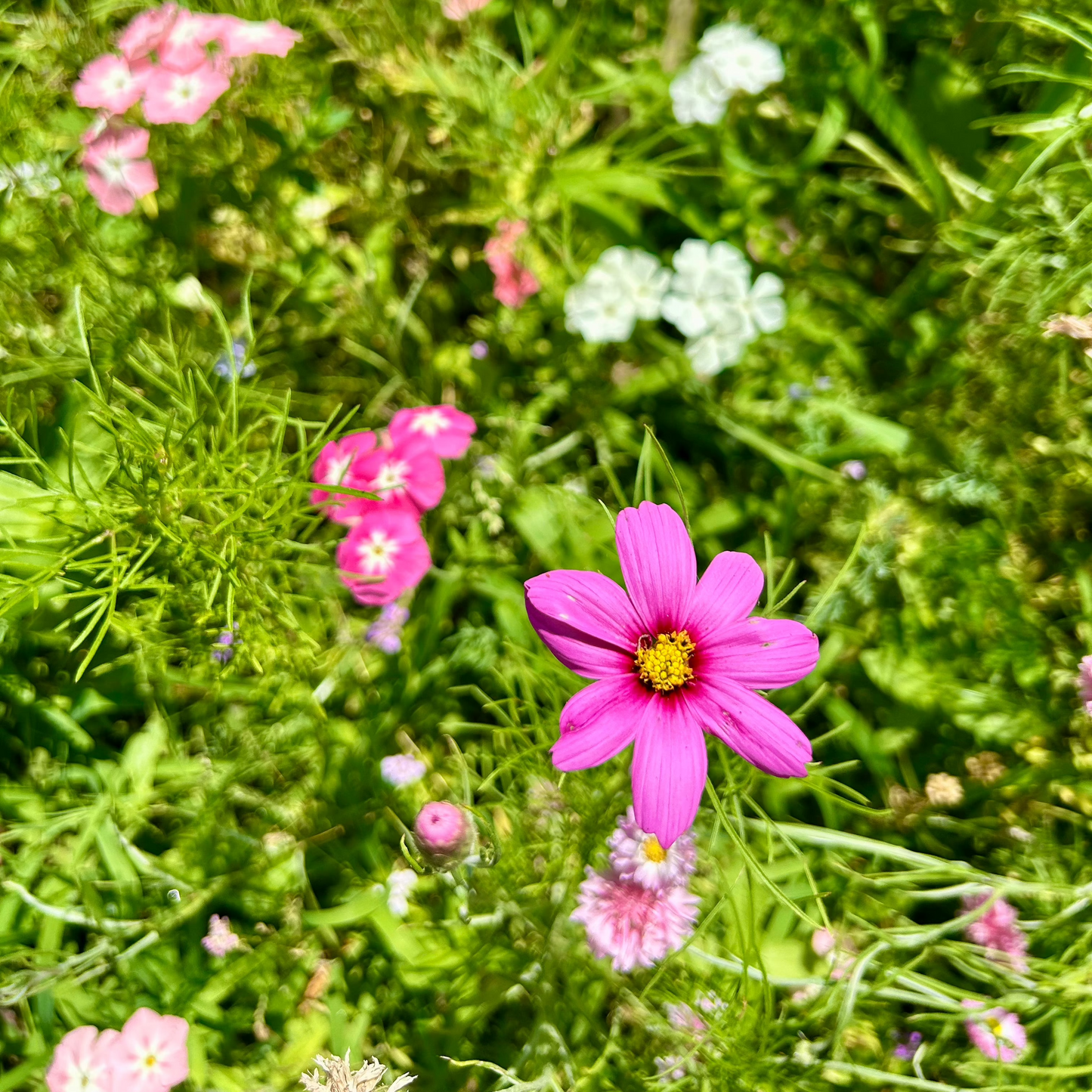
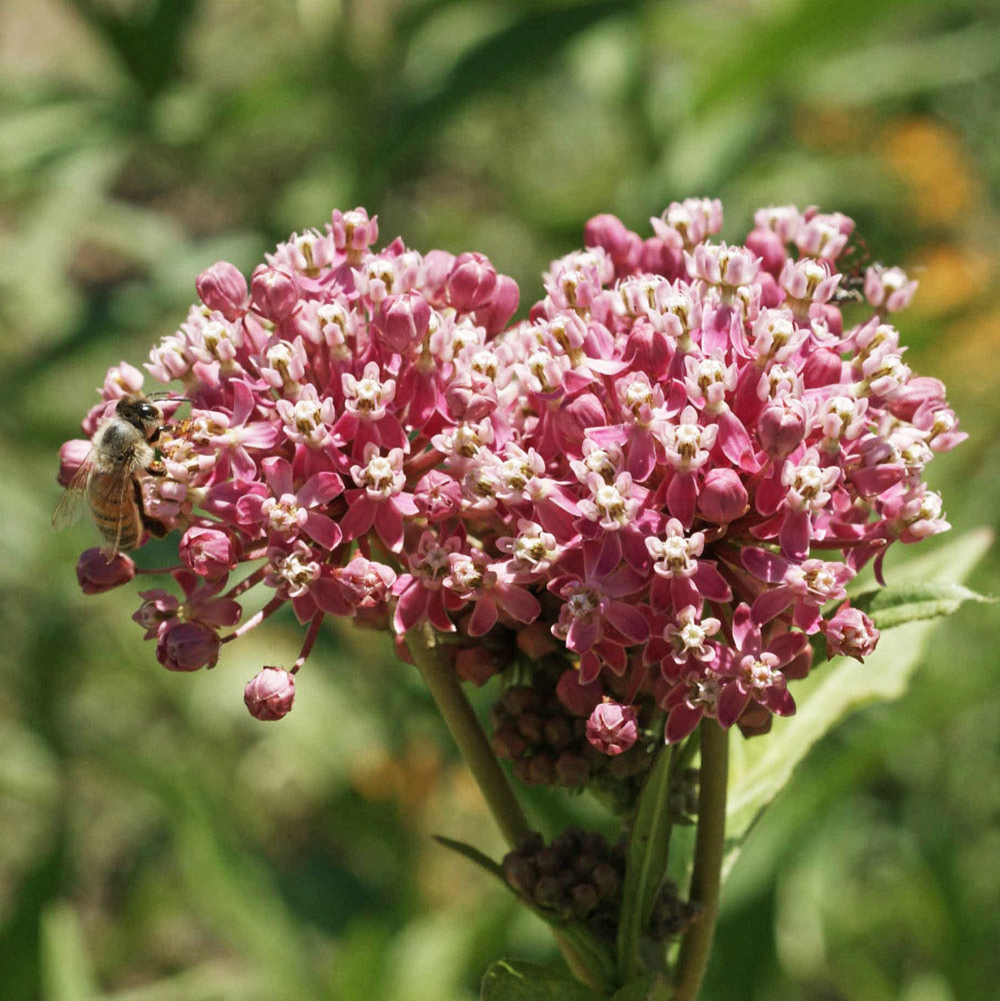
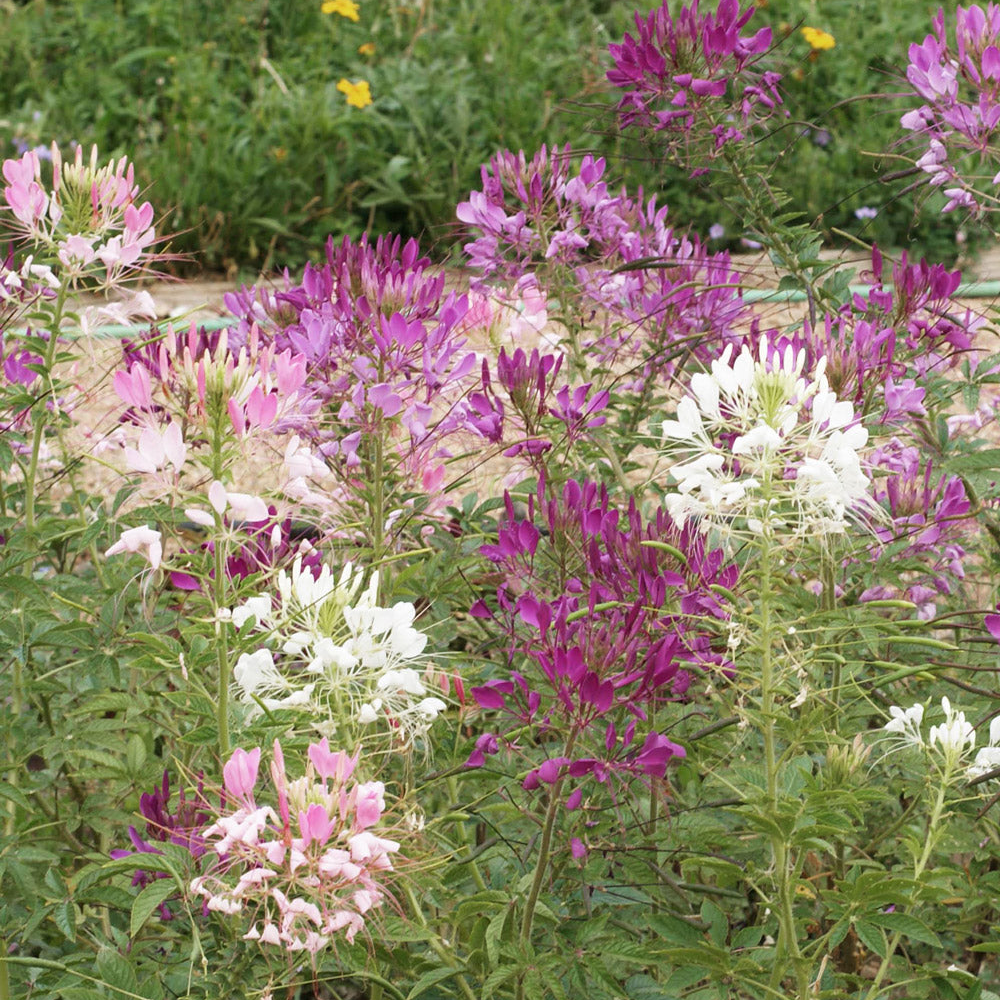
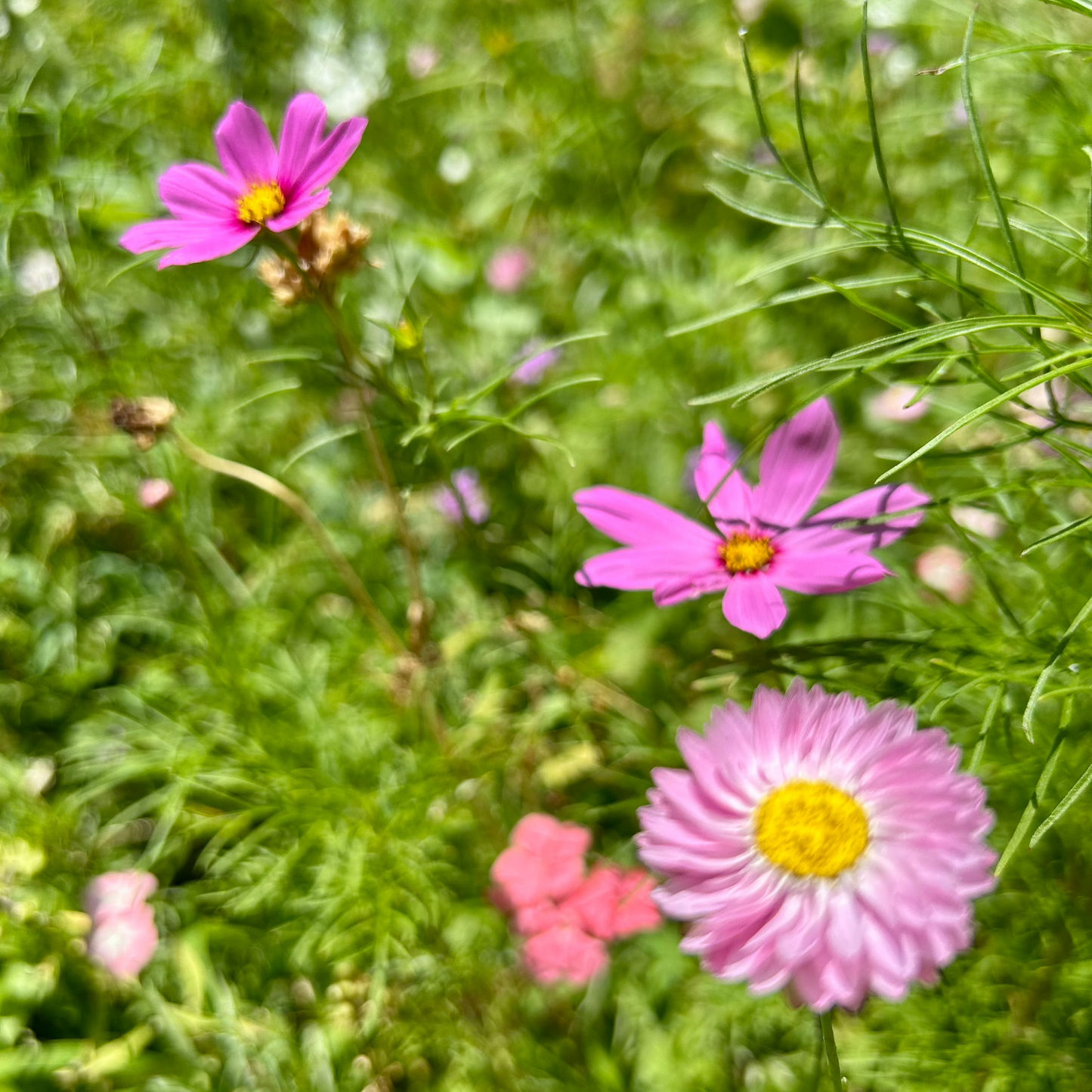
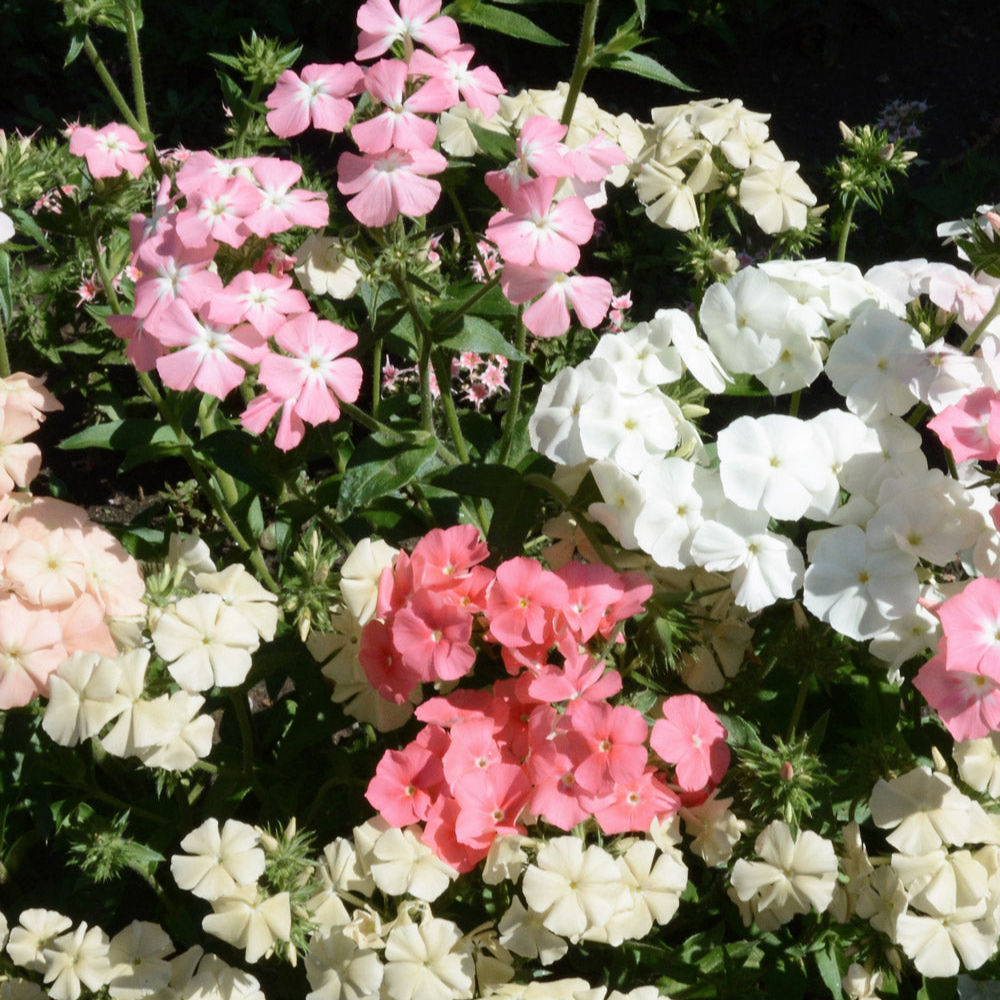
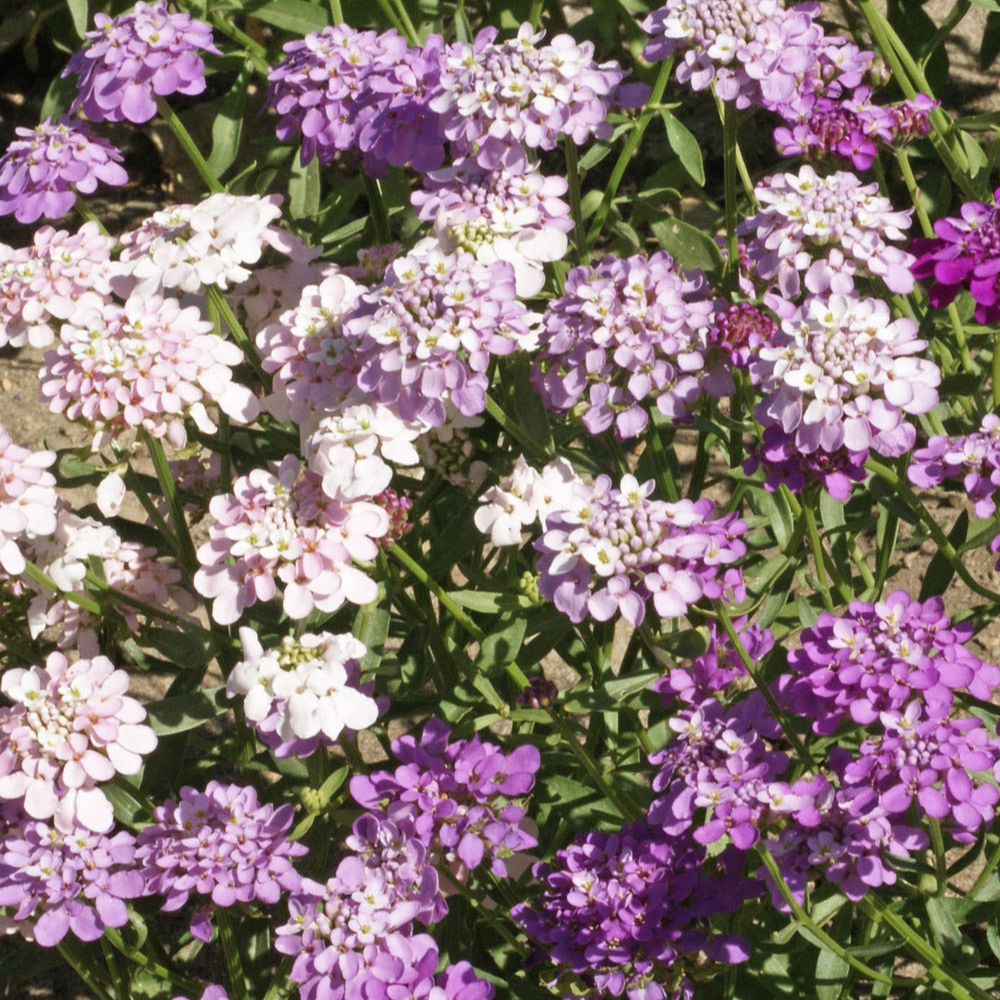
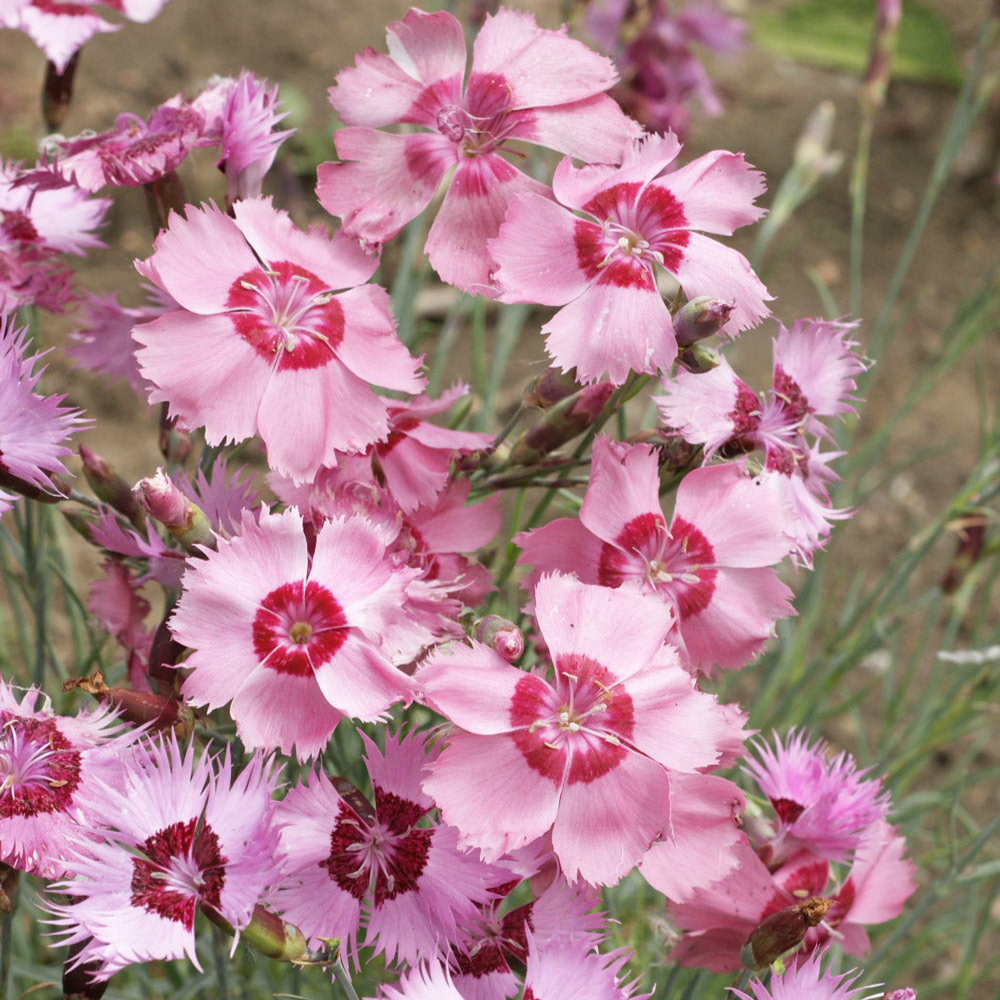
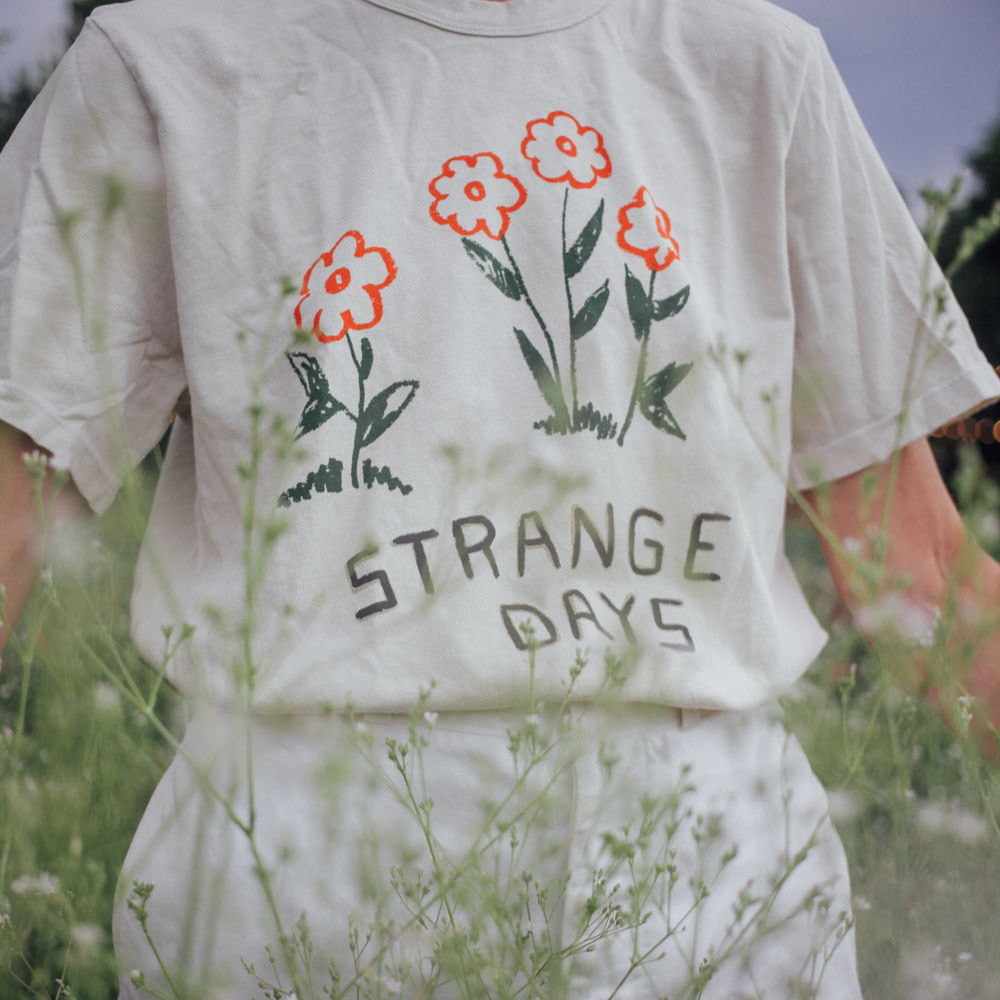
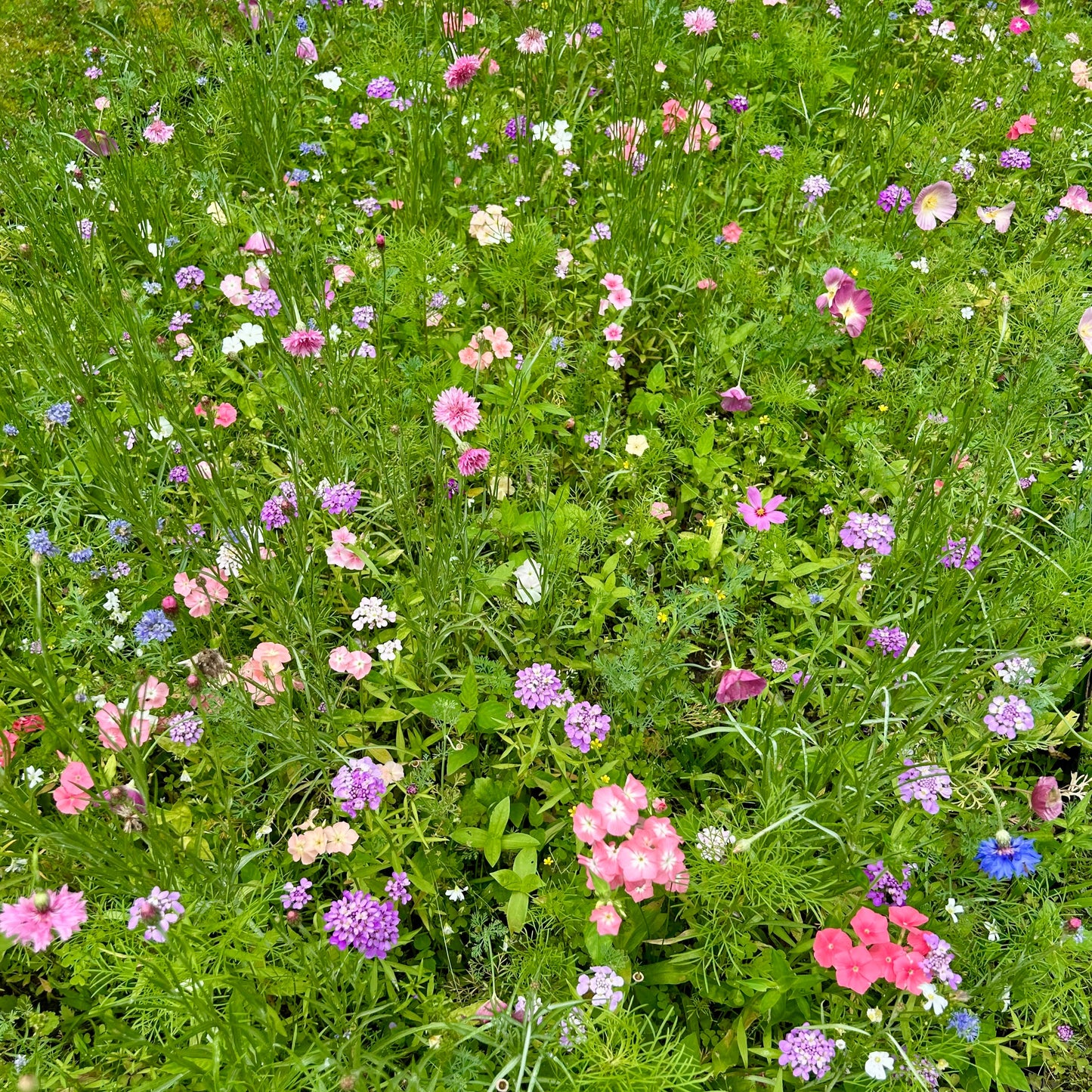
Customer Photos
QUESTIONS & ANSWERS
Ask a Question-
Do you have any edible flower kits?
Not currently but we have seeds like violas, nasturtiums and nigella that are edible! Tulips are edible too!
-
Do you offer different blends based on planting region?
Hi! Not yet but we hope to have custom mixes by region next season! All of the varieties in this mix were chosen for their ability to thrive in a wide range of environments. We obsessed over each flower type to make sure each one would do well anywhere in the country. Thanks for reaching out!
-
How big of an area shoukd be planted
Hi! About 400 sq ft or about 20x20 ft!
-
Can i plant next spring, the seeds i received in December?
Absolutely! Seeds can stay viable for years if stored in a cool, dry, dark place (like a drawer or closet).
-
Do you plant in fall or early spring
We highly recommend you do a bit of both, as some of the seeds, particularly the perennials, will benefit from being over-wintered. However, if you are in an area with particularly cold winters, we recommend planting in early spring.
